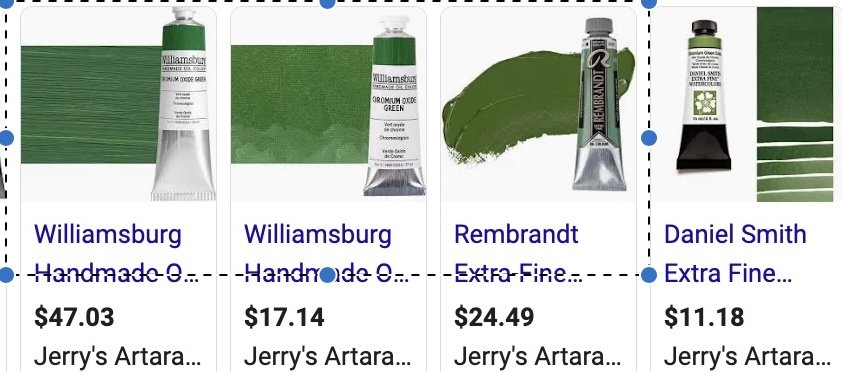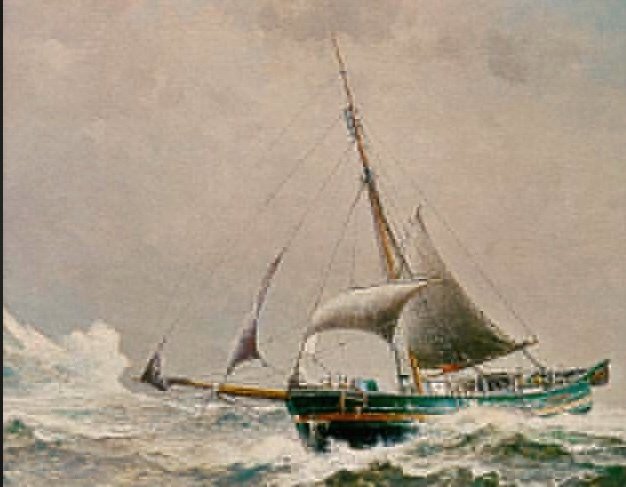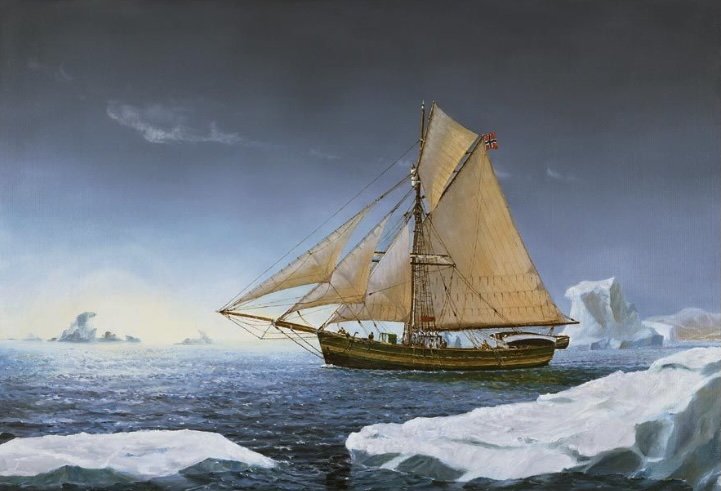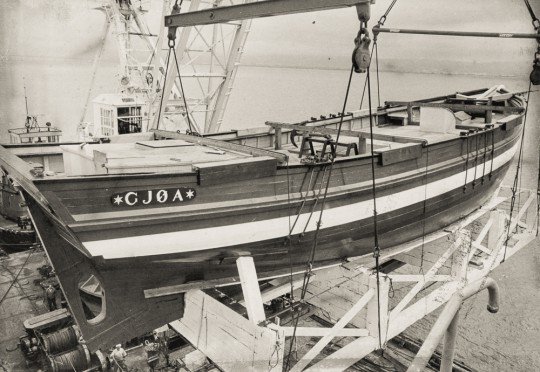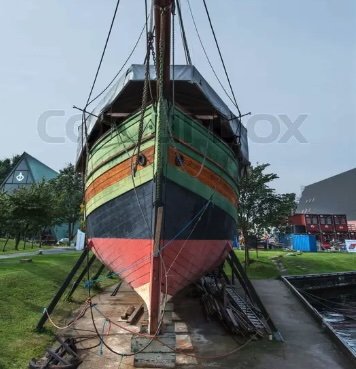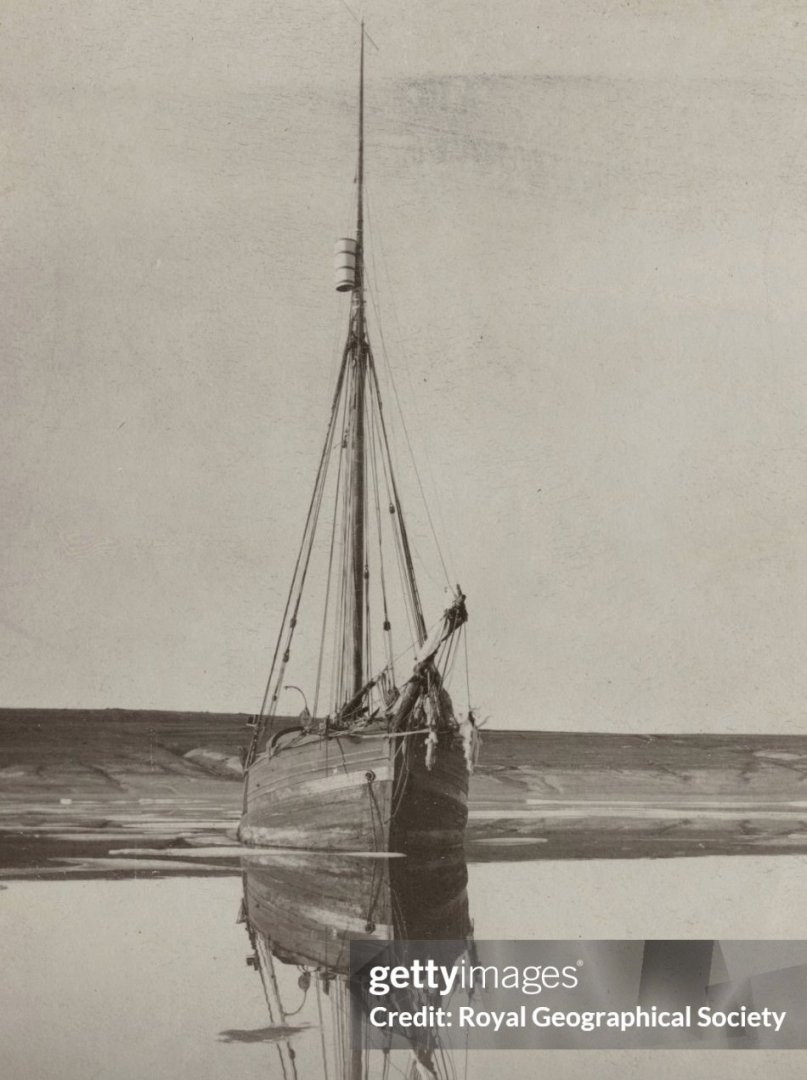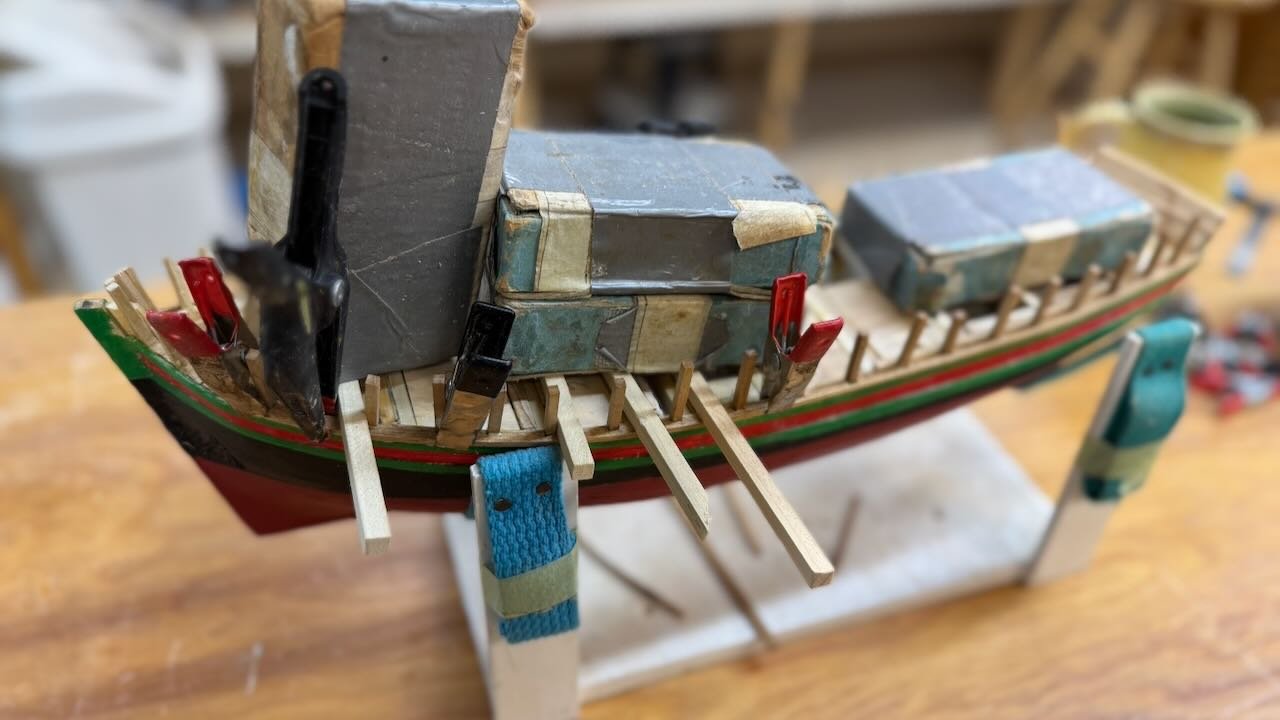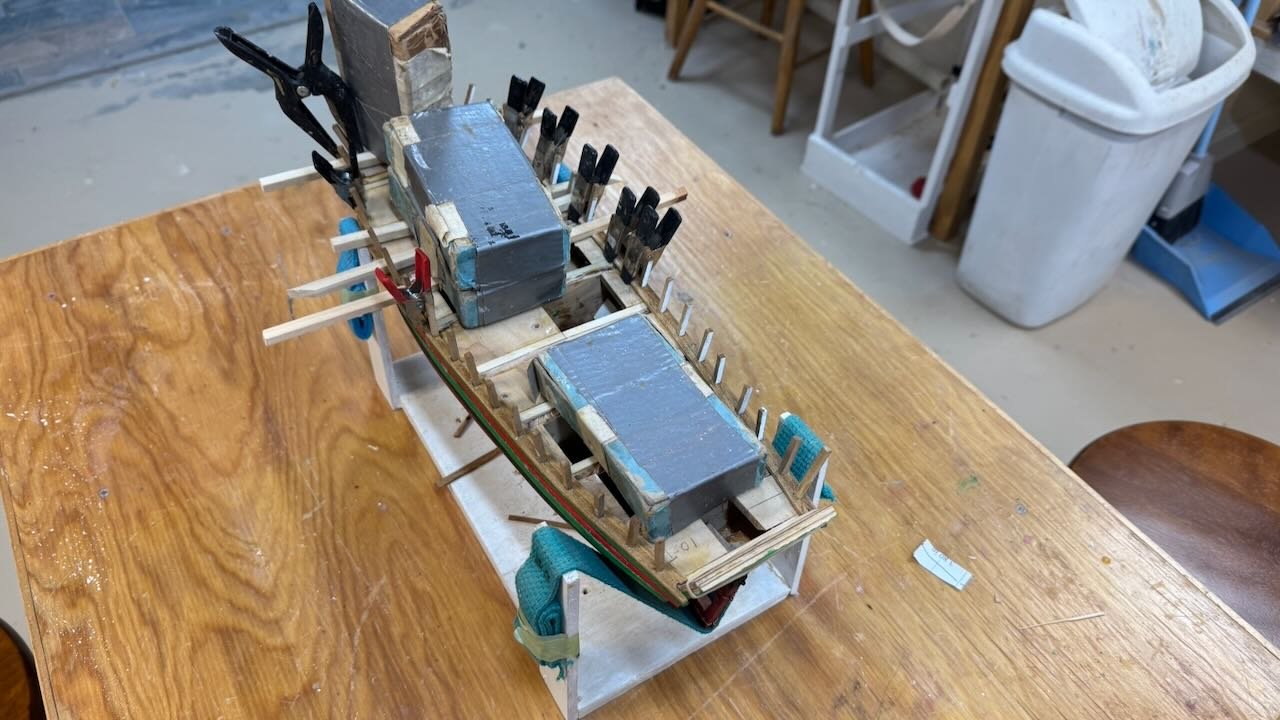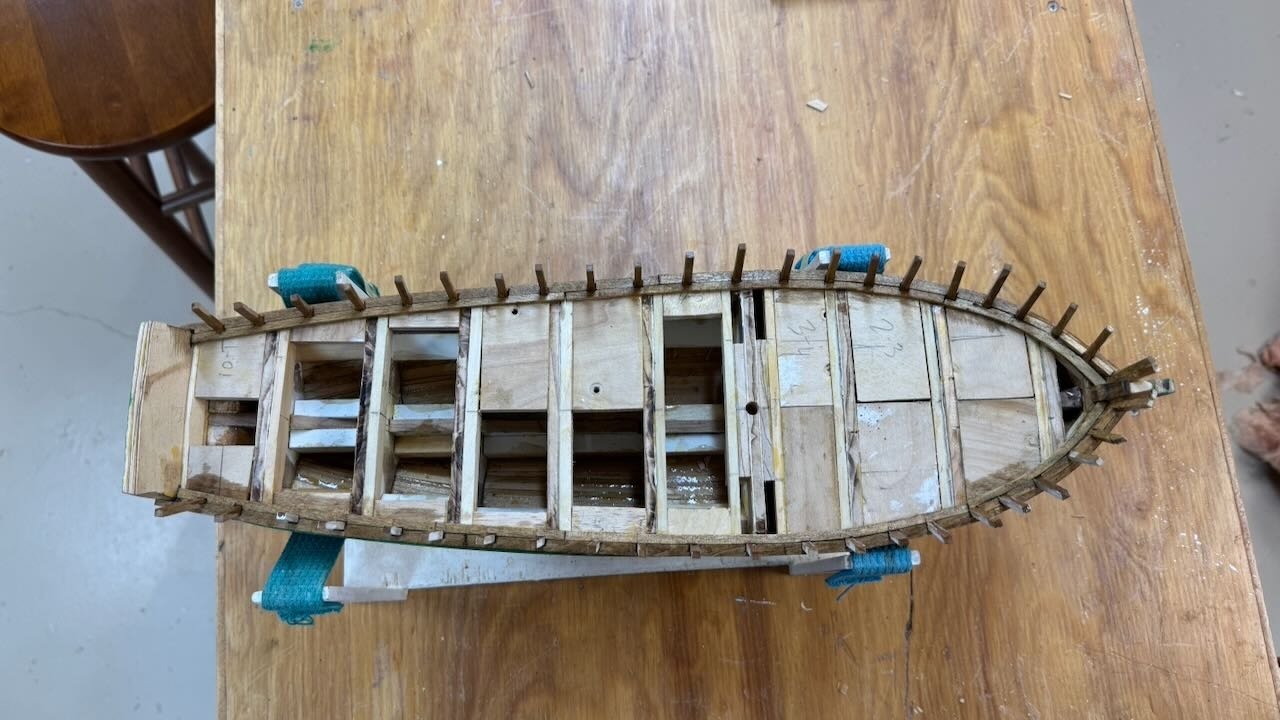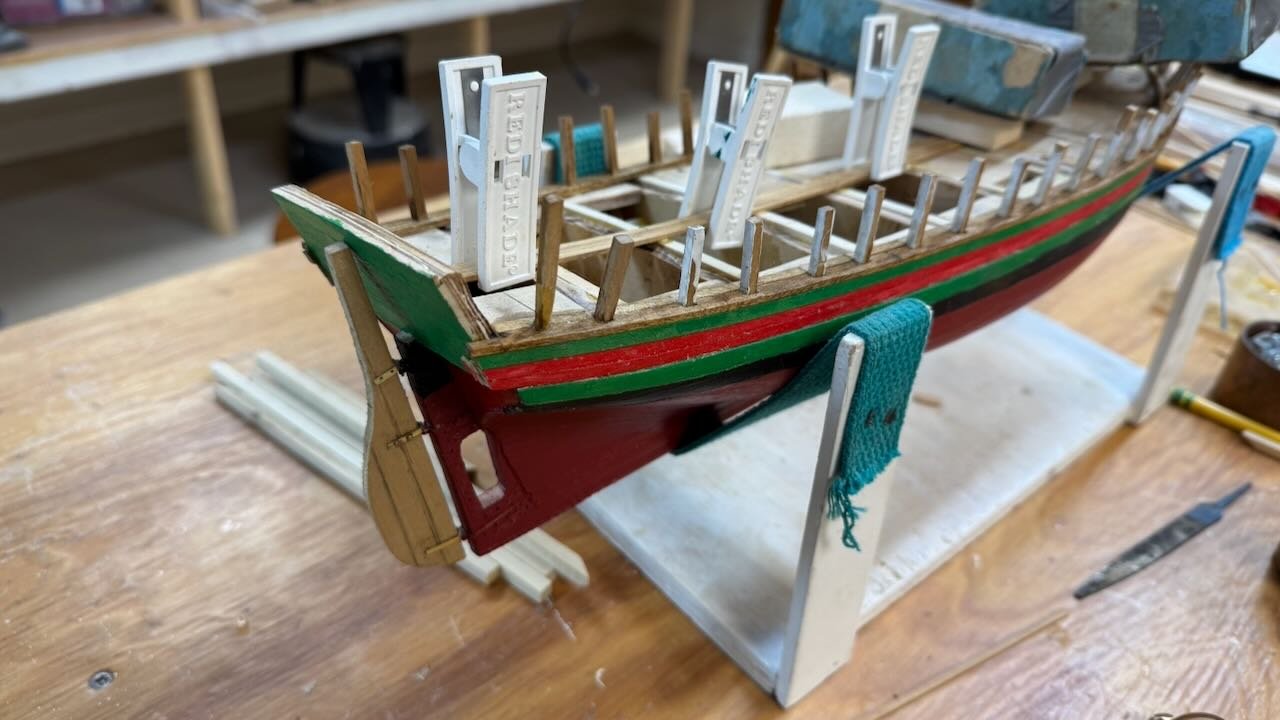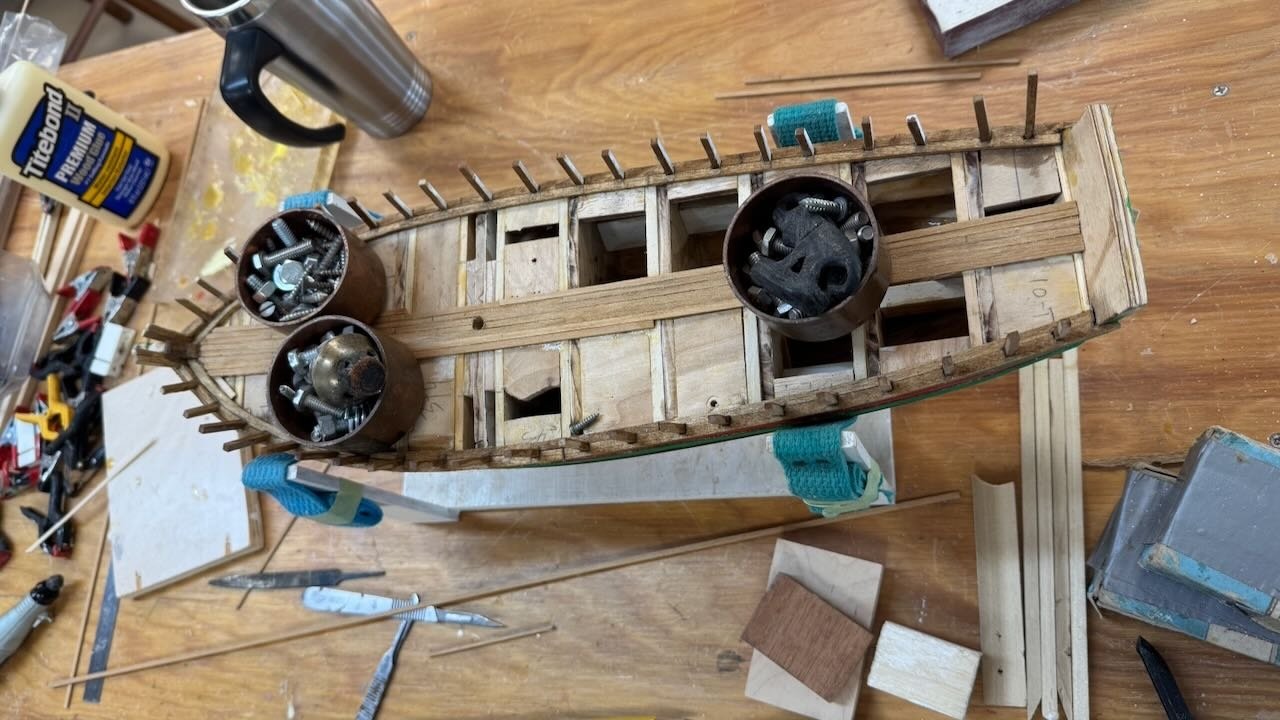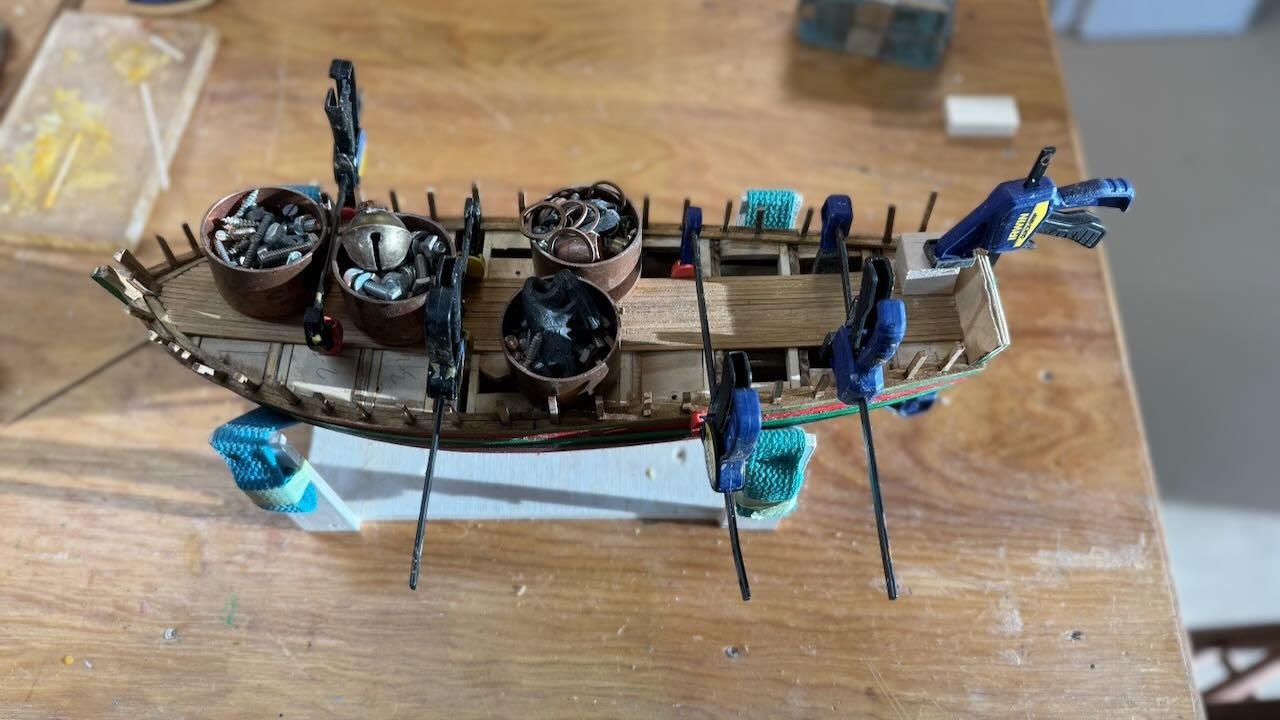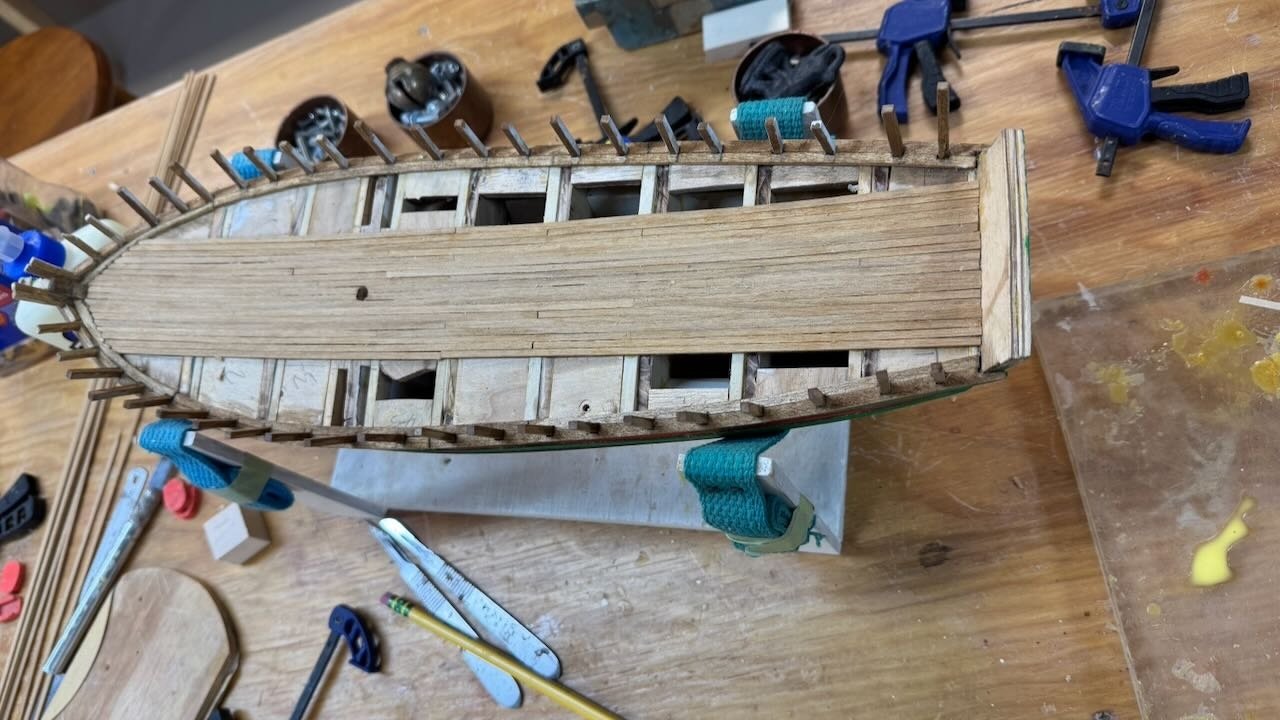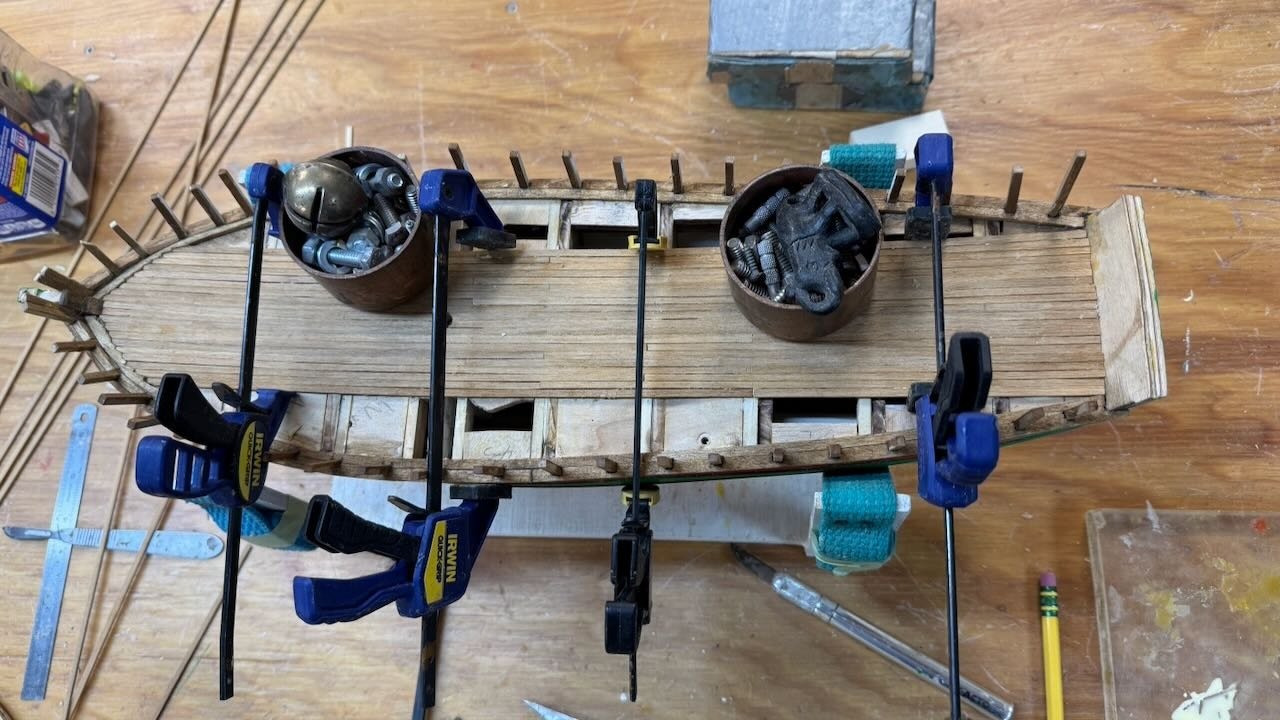-
Posts
855 -
Joined
-
Last visited
About Jond

Profile Information
-
Gender
Not Telling
-
Location
Boothbay Harbor Maine
Recent Profile Visitors
-
 Dr PR reacted to a post in a topic:
Elizabeth Howard by Jond - 1:48 - The White Ghost - Schooner
Dr PR reacted to a post in a topic:
Elizabeth Howard by Jond - 1:48 - The White Ghost - Schooner
-
 MAGIC's Craig reacted to a post in a topic:
Elizabeth Howard by Jond - 1:48 - The White Ghost - Schooner
MAGIC's Craig reacted to a post in a topic:
Elizabeth Howard by Jond - 1:48 - The White Ghost - Schooner
-
 ccoyle reacted to a post in a topic:
Elizabeth Howard by Jond - 1:48 - The White Ghost - Schooner
ccoyle reacted to a post in a topic:
Elizabeth Howard by Jond - 1:48 - The White Ghost - Schooner
-
 JacquesCousteau reacted to a post in a topic:
Elizabeth Howard by Jond - 1:48 - The White Ghost - Schooner
JacquesCousteau reacted to a post in a topic:
Elizabeth Howard by Jond - 1:48 - The White Ghost - Schooner
-
15 reset the top masts with missing rigging, as sails go through early production. 1 this view shows me carrying on from the last update, I have added the missing foremast bands and blocks for the foresail and the hoops for the fore topsail. She is back together there at least. 2 shows the main top mast disassembled for the same treatment 3-4 these views show us all back together. Going forward, I have reached the time when I need to set the stage as to how I would like to display this model. Surely as she was racing. 5-7 show three views of her that influence the intent. One option I have considered is to show the historical event where she lost her top formast in the first elimination race against henry Ford. I have researched that incident and learned that the mast did not fail but came unstepped. They rerigged it on the fly to to set horizontal but loosing both he top ails and the fisherman sail they had to retire. I will not try to do that but simply refer to the story of her closeness to glory. 8-10 these views show the production line of sails and spars. 11 this view shows an interesting option. I included the three racing photos also to document that no anchors were present while these guys raced. Thus, I may lash one to the deck, but will not hang one over the side. a final question will be how many crew do I need......I am not sure the typical collection of 4 or 5 will be enough. cheers
- 40 replies
-
 John Ruy reacted to a post in a topic:
Red Jacket by John Ruy - Marine Model Company - 1/16”=1’ (1/192 scale) - Vintage Solid Hull Clipper Ship Kit
John Ruy reacted to a post in a topic:
Red Jacket by John Ruy - Marine Model Company - 1/16”=1’ (1/192 scale) - Vintage Solid Hull Clipper Ship Kit
-
John Your sequence or getting the running rigging all in place and tied down before ratlines really comes through with these images great job! jon
- 165 replies
-
- Red Jacket
- Marine Model Company
-
(and 2 more)
Tagged with:
-
 Jond reacted to a post in a topic:
Red Jacket by John Ruy - Marine Model Company - 1/16”=1’ (1/192 scale) - Vintage Solid Hull Clipper Ship Kit
Jond reacted to a post in a topic:
Red Jacket by John Ruy - Marine Model Company - 1/16”=1’ (1/192 scale) - Vintage Solid Hull Clipper Ship Kit
-
 Harvey Golden reacted to a post in a topic:
Gjoa 1872 by Jond - 1:48 scale - Amundson's Cutter
Harvey Golden reacted to a post in a topic:
Gjoa 1872 by Jond - 1:48 scale - Amundson's Cutter
-
 Keith Black reacted to a post in a topic:
Gjøa 1872 by Harvey Golden - Roald Amundsen's Cutter built at Rosedahl, Norway
Keith Black reacted to a post in a topic:
Gjøa 1872 by Harvey Golden - Roald Amundsen's Cutter built at Rosedahl, Norway
-
 Paul Le Wol reacted to a post in a topic:
Gjøa 1872 by Harvey Golden - Roald Amundsen's Cutter built at Rosedahl, Norway
Paul Le Wol reacted to a post in a topic:
Gjøa 1872 by Harvey Golden - Roald Amundsen's Cutter built at Rosedahl, Norway
-
 Paul Le Wol reacted to a post in a topic:
Gjøa 1872 by Harvey Golden - Roald Amundsen's Cutter built at Rosedahl, Norway
Paul Le Wol reacted to a post in a topic:
Gjøa 1872 by Harvey Golden - Roald Amundsen's Cutter built at Rosedahl, Norway
-
 Harvey Golden reacted to a post in a topic:
Gjøa 1872 by Harvey Golden - Roald Amundsen's Cutter built at Rosedahl, Norway
Harvey Golden reacted to a post in a topic:
Gjøa 1872 by Harvey Golden - Roald Amundsen's Cutter built at Rosedahl, Norway
-
Thank you for the recommended sources. I down loaded the Norwegian article and just ran through it. lots of great images to go over more closely. i have those model shipway plans as that is my basis. hopefully my pins are in the right places! I ordered the book too. As I have said before, I will have an incredible library one of these days. becoming very complete. cheers Jon
-
 Jond reacted to a post in a topic:
Gjøa 1872 by Harvey Golden - Roald Amundsen's Cutter built at Rosedahl, Norway
Jond reacted to a post in a topic:
Gjøa 1872 by Harvey Golden - Roald Amundsen's Cutter built at Rosedahl, Norway
-
 Jond reacted to a post in a topic:
Gjøa 1872 by Harvey Golden - Roald Amundsen's Cutter built at Rosedahl, Norway
Jond reacted to a post in a topic:
Gjøa 1872 by Harvey Golden - Roald Amundsen's Cutter built at Rosedahl, Norway
-
John thanks for reminding me of all those coils to make near the end. they are just like ratlines. got to do it though 🥴 cheers
- 38 replies
-
- Northwest passage
- Norway.
-
(and 2 more)
Tagged with:
-
Julie thanks for dropping by. nice connection to reuse of good old material. I am sure there are many old LL Bean boots around cheers
- 38 replies
-
- Northwest passage
- Norway.
-
(and 2 more)
Tagged with:
-
Gjoa 7. Complete rudder and bulwark "shelf" This week I have been able to get a few things done. I am about the middle of this stage and planning for the next one. 1-4. these four view show getting replacement drill bits, so I can complete the last pintel, and the laying out of the tiller by scaling a drawing. I have a few sheets of pear wood that are great for this type of detail work. The third and forth view show installation and the trimmed-out transom. I keep learning the hard way how critical it is to stabilize things like brass strips when drilling tiny holes. I have broken many drill bits. 5 this view is a group of new poplar strips I milled to use for both the bulwark shelf and cap rails. 6-9 show the progress of the shelf 10-11. these views show all the belaying pins are in and the steel rod shelf supports are going in. I am thinking to keep the brass pins brass. I know they should be darker but I like the look. Next up will include the cap rails. And planning for deck furnishings
- 38 replies
-
- Northwest passage
- Norway.
-
(and 2 more)
Tagged with:
-
Thank you wefalck for the incite to the slot. I am sure you are right about the rubber boots too. Let me introduce you to a famous Maine boot first made in 1912. These are the L L Bean boots that even today are extremely popular. We in Maine all where a version of them around here over the next several months. The lined ne for snow and the unlined are especially popular in spring. I will admit however our outside durations do not approach the conditions of these brave explorers or fisherman either. cheers
- 38 replies
-
- Northwest passage
- Norway.
-
(and 2 more)
Tagged with:
-
John You need also to thank the Norwegian builders that chose it. I think it would be very practical on a fishing vessel. Think of all the mess while working and little holes by each rib and one trap door for fish guts on the typical Gloucester fisherman. Perhaps this open slot means more water on deck when healing over in a blow, but the crew all wore rubber boots anyway.
- 38 replies
-
- Northwest passage
- Norway.
-
(and 2 more)
Tagged with:
-
14 getting all the spars ready for sails Over the next month I hope the 8 sails will get made. In a parallel effort they need the spars for lashing and all the running rigging lines that need to go on before installation. Example would be the boom tackles or topsail clewlines, that are much harder to install on board, should go onto sails before they are rigged. A halyard could go on the sail or the gaff before but I find it easier after for the peak halyards to a gaff. During the holiday, the sail patterns were made, and dry fit for adjustment. Since dimensions were taken from scaling photos, I was not surprised that every sail needed something trimmed; usually cut down. 1-2 show the patterns all made and after adjusting held in place for a look see. They were taken off as soon as the photo was taken. 3 -4 show that the top masts need to come back off [cutting and removal of dead eye lashing on top mast shrouds and other stay lashing needed. Dressing of the masts include bands and blocks at the top of the lower masts, hoops for the upper masts and more running rigging needed to be done before reassembly. This effort was understood to allow the timing for the sail making process that my daughter likes to do when she comes for vacation. Otherwise, the complete dressing of the spars would have been completed first. 5,6 ,7 show my selected process to make top mast hoops. I like to use 1/64 birch plywood strips for larger hoops, but found coiled packing tape over saran wrap on a Dowel of the selected diameter works well. I use a simple razor blade to trim off say 10 or 12 hoops. They then get coated in varnish and some need a little AC glue to tighten up the ends. This roil of tape will outlast my work by a century. The uncut tape stays on the dowel so I have about 4 diffewrne sizes waiting for the next job......sound familiar? 8,9,10 show my low-tech use of a mini mill to drill more accurate holes. Three images are the pear wood I chose for the jaws getting drilled for monofilament simulated bolts and the gaff band holes. View 4 is a foresail mast peal halyard ring getting drilled to hold a halyard block. all for now...first snow is predicted, let's see if it happens
- 40 replies
-
6b continued review of planning for work on deck Thank you again Wefalk. I continue on a fun search. Continuing to review images and to try to determine what to build is a fun part of this work. I may not get it all right, but at least I try. The first two Museum photos from the net: 1-2-3 here is a view over the deck from the bow. Second is a blow up of the port side mid deck and bulwark at the museum followed by a cropped version. In this image, the inside face of the raised ribs is oiled or stained or whatever. The rib sides only are painted white with the inside of the bulwark strakes. Then there is a continuous oiled “shelf” with black iron supports on many but not all the frames. I assume the shelf doubles as the pin rail where needed. The 1950 plan I have concurs with this assumption. The third image carries to the transom. My plan is to follow this approach. We’ll see how it goes. 4-5-6 view of deck from the stern with blow up and cropped version showing again a stained face of rib and no small deck between the stem and cat head. This view also confirms my choice to use a darker wood for the deck material. Anyway the journey is fun and learning the stories that go with this build is more to my purpose. I read Amundsen’s book and now am reading Sverdrup’s adventures. I find it hard to imagine living on one of these boats for 3 years. Progress 7-10 here the bulwark goes in plank at a time. In the first two images I use strips to create the continuous scupper, The 4th image shows starting the delicate job to paint the inside of the bulwarks and sides only of the ribs white,
- 38 replies
-
- Northwest passage
- Norway.
-
(and 2 more)
Tagged with:
-
13B Standing rigging done I have been working to get the standing rigging and spars all done, so as my daughter comes for Thanksgiving, we might have fun making sails. Her friend flew in from Arizona, so we have two helpers…oh boy. 1-3. The first three images are overall views just to record we are done. The main back stay on starboard is aft as we will display the schooner sailing on starboard tack. Without any sails up and sheets and preventers holding things down, it is the only line holding it all rigid. 4 -5 show the foremast starboard side all secured. next up of course are the ratlines. 6-7 show the bow sprit. This sprit was only added for racing. The foot ropes need to be completed. I have the furling tie offs. A detail I learned about while visiting Bluenose II. The planks to catch the sail and the preset lanyards to secure the sail make lots of sense. This rig is a racing rig as the scene to be set is the first elimination race against the Henry Ford , October 13,1922 When not racing the bowsprit was not even rigged as she was launched to be a knockabout schooner. 8. just a tease as the first sail is progressing through the assembly line. I need to finish up all the spars, so they are ready when the sails get done. This sequence of rushing to secure and fasten everything is not a great sequence if rework is to be avoided. Once the patterns are done and test fitted for adjustments to allow sail making, there will be some disassembly needed. that will come in the next update. cheers
- 40 replies
-
Dear Wefalck It is always an honor to get someone with your experience to drop in. I appreciated getting your thoughts and have spent the Holiday both eating too much turkey and musing on the idea of chromium oxide green paint. I went online to look it up and could see that your call is surely righter than mine. Over the last few days, I have surfed the net looking at many more Gjoa images. Here are a few from my growing collection that led to where I am.... and I am actually “sitting on the fence”. 1 here is an image of the artist paints of chromium oxide green. I can just see the 19th century coming off the page. 2 here is another outside image of the museum painting....without funny lights 3-4 here are two internet images of paintings that show green and reddish strakes. In one clearly light green in the other is in shadow. 5-6 here is a black and white image from San Francisco. I believe it was as they were loading her on to the ship to return to Norway. That paint was clearly fresh, but considering this second Getty internet image from 1903, might have been more right....thus my fence sitting. So what to do? My limited experience with the likes of Mystic Seaport and other US museums is to trust their selection. I agree with you that in pictures with the museum lighting are interesting to say the least. So as of now I am not set in stone but tentatively moving ahead with my two colors. I want to be clear it is not because I feel I know anything about Norwegian painting 1880-1900. I look to the Fram Museum choices and attempt only be reasonable to follow their work. I would love to visit there but wow it is there! Was the San Francisco white paint the correct image...I have no idea. I could still paint over the red strakes. I suppose I could get the more historic green too. Thanks for your insight. I always welcome advice. If you really think I should get a tube of chromium oxide green however, I could do that. Next up is to discuss the on deck painting scheme. jon
- 38 replies
-
- Northwest passage
- Norway.
-
(and 2 more)
Tagged with:
-
 Jond reacted to a post in a topic:
Red Jacket by John Ruy - Marine Model Company - 1/16”=1’ (1/192 scale) - Vintage Solid Hull Clipper Ship Kit
Jond reacted to a post in a topic:
Red Jacket by John Ruy - Marine Model Company - 1/16”=1’ (1/192 scale) - Vintage Solid Hull Clipper Ship Kit
-
 Jond reacted to a post in a topic:
Gjoa 1872 by Jond - 1:48 scale - Amundson's Cutter
Jond reacted to a post in a topic:
Gjoa 1872 by Jond - 1:48 scale - Amundson's Cutter
-
5b. Complete the deck in time for Thanksgiving Many of us at this stage of life get invaded by offspring over Thanksgiving and Christmas Holidays. Therefore, it is good I have found to get to a good breaking point. Then whatever gets done over the holidays is a bonus. My Daughter is coming, and she enjoys making sails, so I hope our efforts get to the Schooner build and we make good progress there. For this update we get the second half of the deck build done. 1-3. The first three views are getting the inside shear planks installed. I decided to use bass wood because I was going to have to nip every end of every plank other than the transom. Holding them down was fun. I have stained them using a light walnut color. 4-9. these views are just progressive shots showing the planks going in. I have selected to use up stock of walnut strips. I have no idea where they came from, I am sure that is not unusual. They are a bit rough on the edges, but I think that is OK for a Northern fishing vessel that has a hard life in the arctic. We’ll see. 10. shows the bow area. 11 12 shows no matter how hard you work the last plank on either side is a bear. 13 shows all planks in. Now to clean them up some and get all the cut lines- butt ends cut in. 14-15. we always make choices of how to finish things. Often, I have used basswood and then stained and used tung oil. Here I have the walnut, and I chose to use hand rub poly. The Bulwarks and a lot of deck furnishings will be painted white and green, so I hope the bold look of walnut will work fine. The Poly is still wet in the photo. Happy Thanksgiving
- 38 replies
-
- Northwest passage
- Norway.
-
(and 2 more)
Tagged with:
-
Jond started following OcCre FRAM 1/84 Scale (Complete)
-
Thanks John for dropping in. Yes it is great that Jim has rejoined our group. In past years he always had incredible builds and very valuable advise especially for folks like me learning our way. I must say the work you do on Red Jacket is beyond belief sometimes. It's just great to watch and see when you bring her along. Both of my builds are 1:48, so I can at least see the blocks cheers
- 38 replies
-
- Northwest passage
- Norway.
-
(and 2 more)
Tagged with:
About us
Modelshipworld - Advancing Ship Modeling through Research
SSL Secured
Your security is important for us so this Website is SSL-Secured
NRG Mailing Address
Nautical Research Guild
237 South Lincoln Street
Westmont IL, 60559-1917
Model Ship World ® and the MSW logo are Registered Trademarks, and belong to the Nautical Research Guild (United States Patent and Trademark Office: No. 6,929,264 & No. 6,929,274, registered Dec. 20, 2022)
Helpful Links
About the NRG
If you enjoy building ship models that are historically accurate as well as beautiful, then The Nautical Research Guild (NRG) is just right for you.
The Guild is a non-profit educational organization whose mission is to “Advance Ship Modeling Through Research”. We provide support to our members in their efforts to raise the quality of their model ships.
The Nautical Research Guild has published our world-renowned quarterly magazine, The Nautical Research Journal, since 1955. The pages of the Journal are full of articles by accomplished ship modelers who show you how they create those exquisite details on their models, and by maritime historians who show you the correct details to build. The Journal is available in both print and digital editions. Go to the NRG web site (www.thenrg.org) to download a complimentary digital copy of the Journal. The NRG also publishes plan sets, books and compilations of back issues of the Journal and the former Ships in Scale and Model Ship Builder magazines.


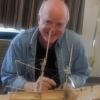
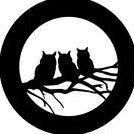
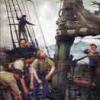
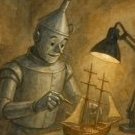


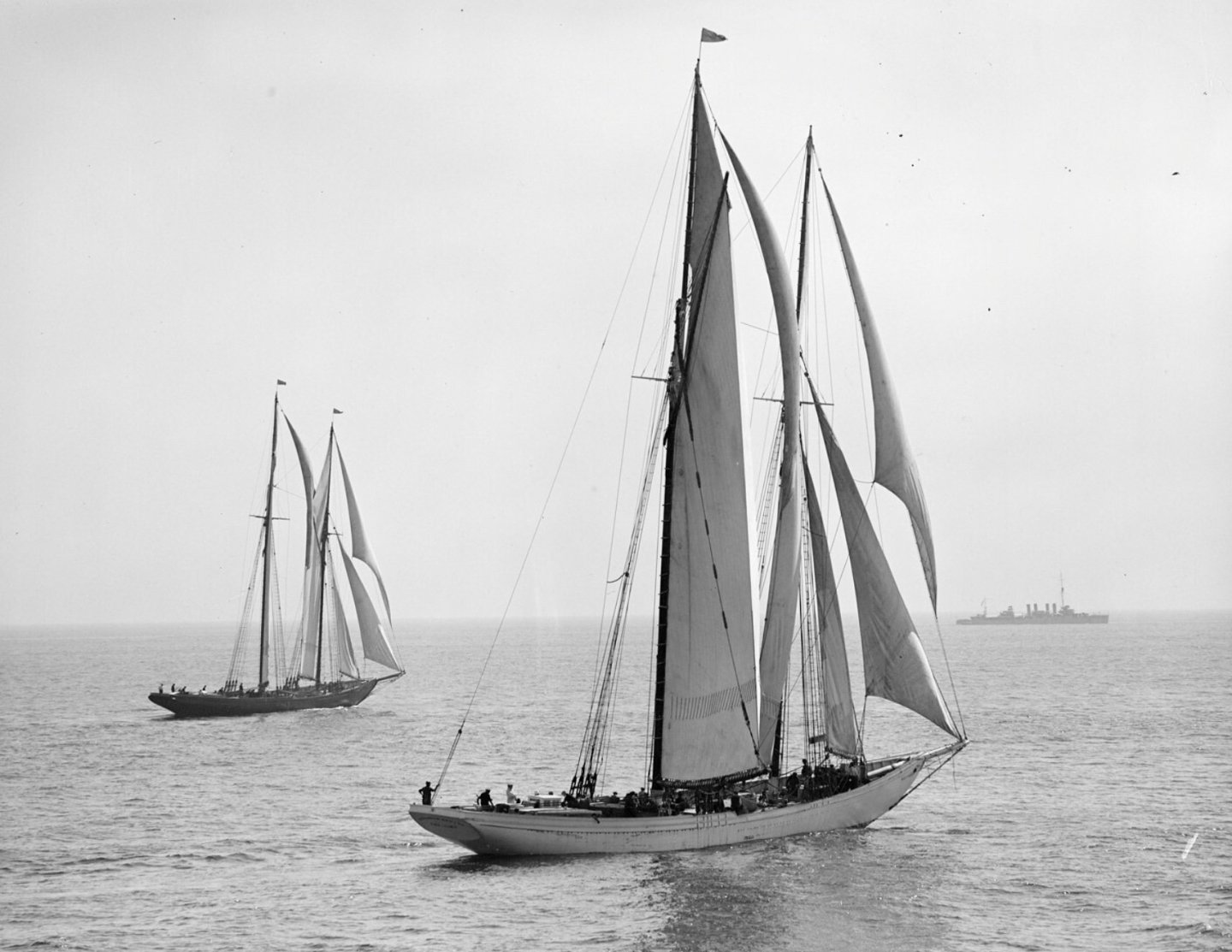
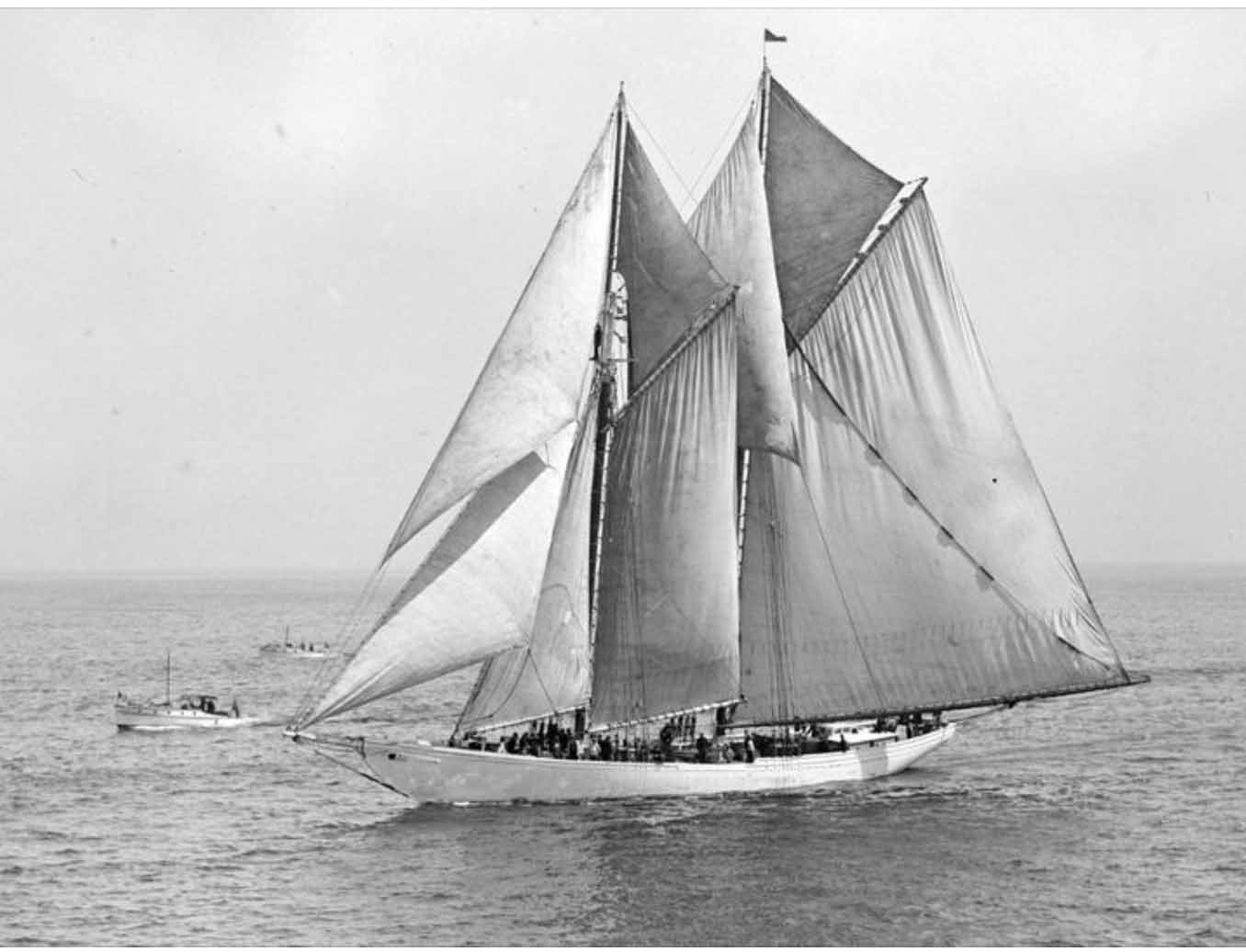
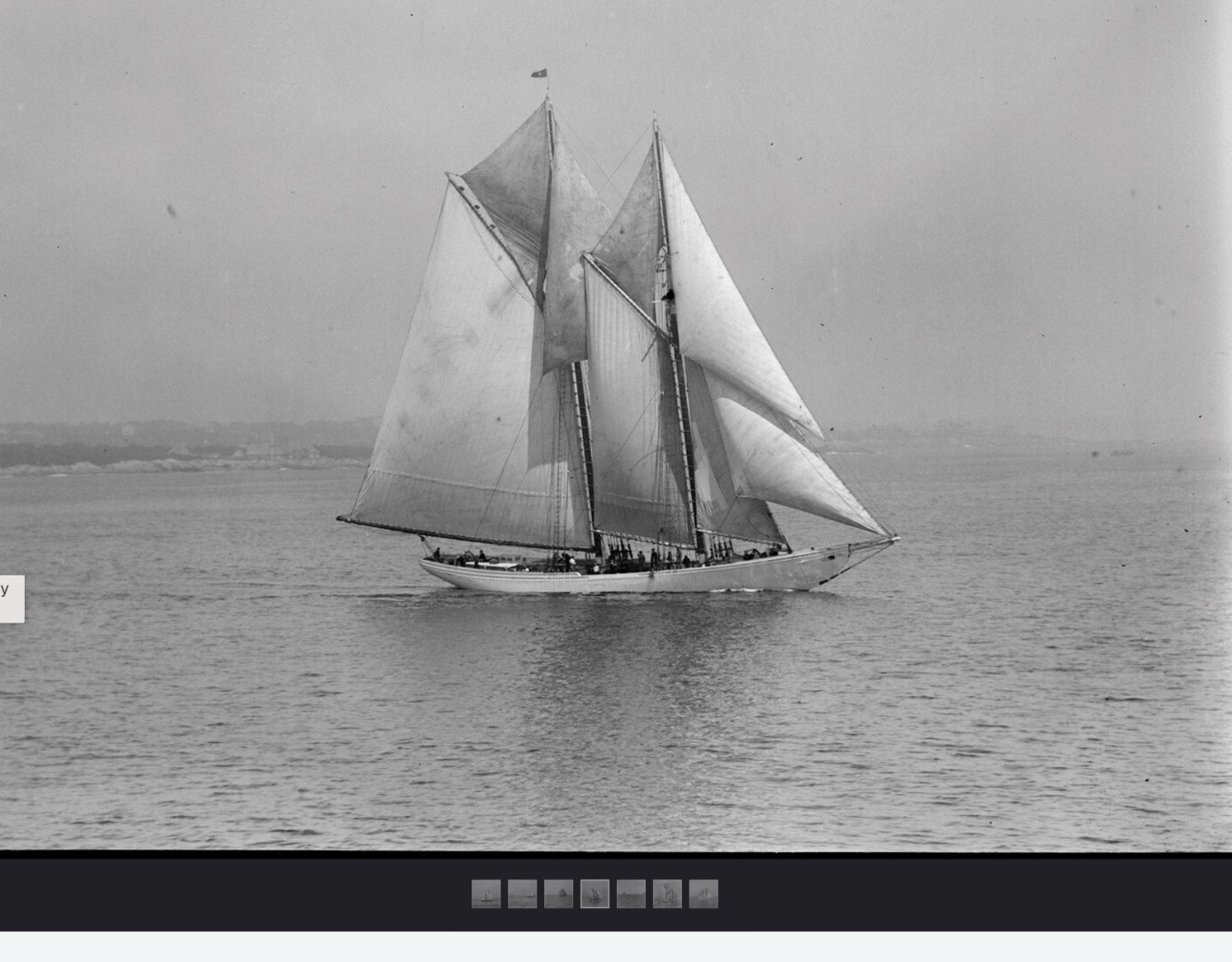
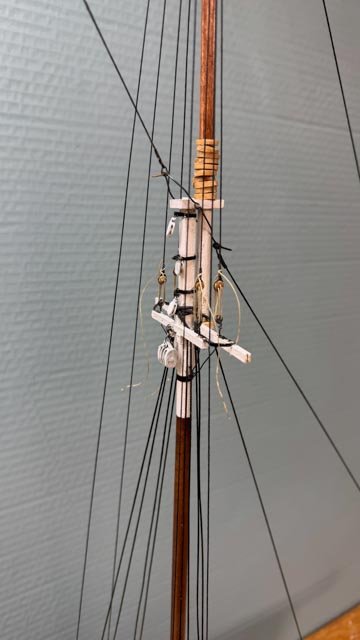
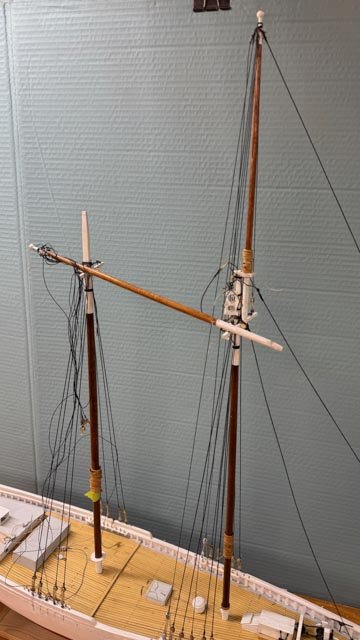
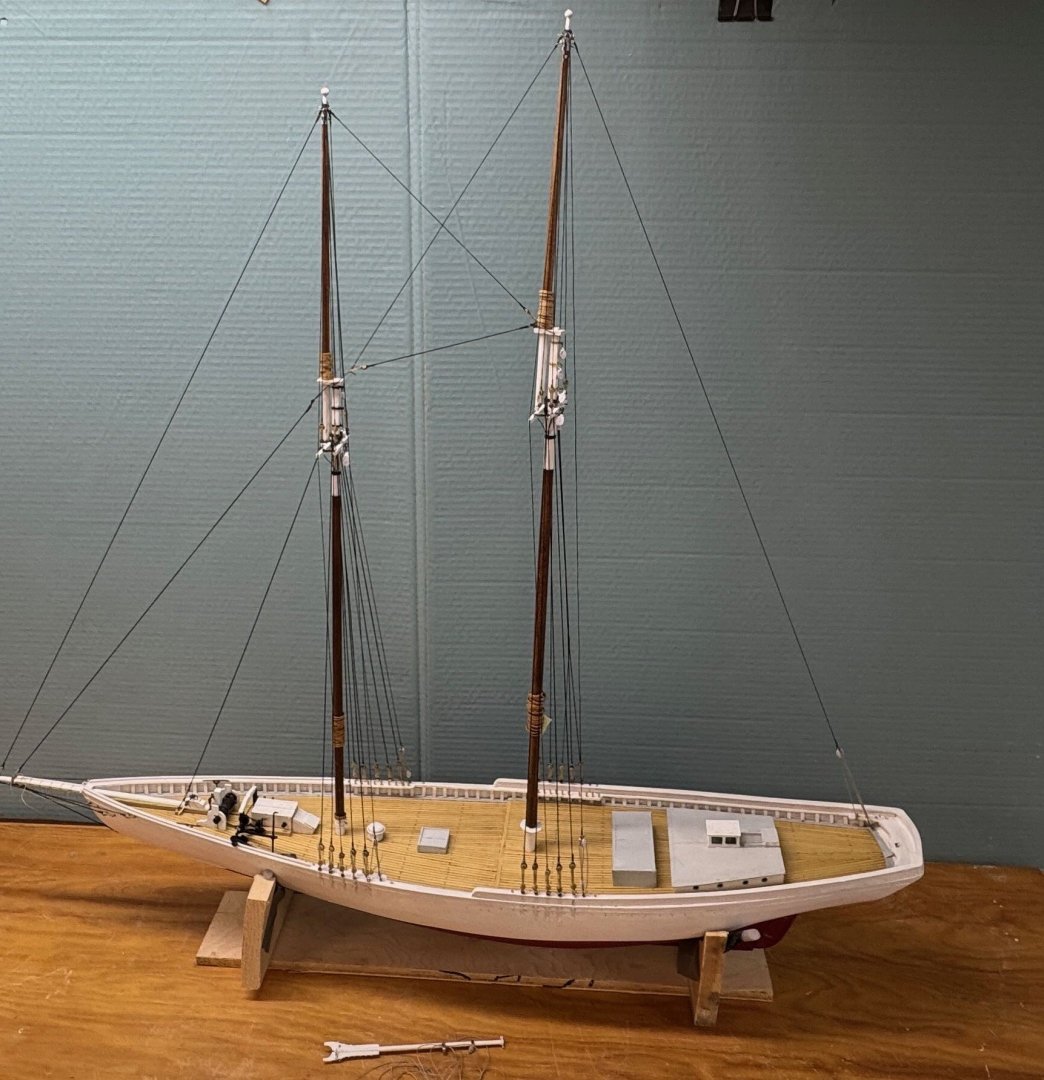
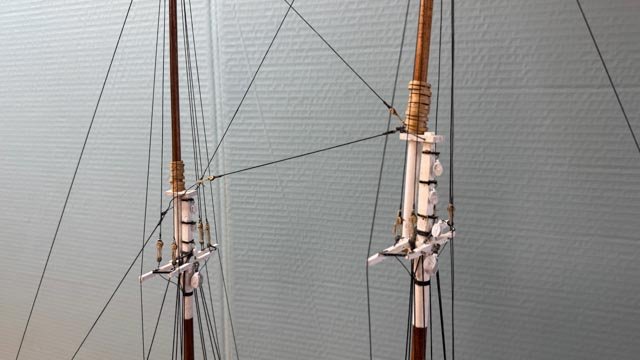
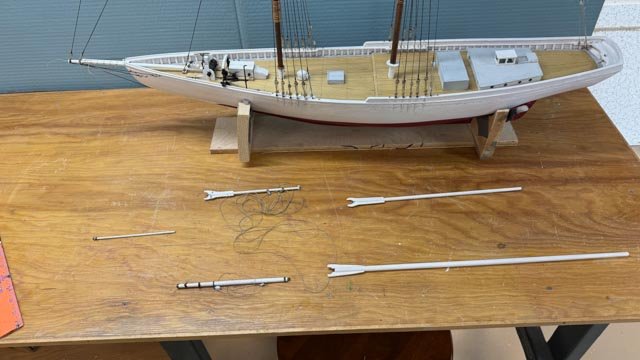
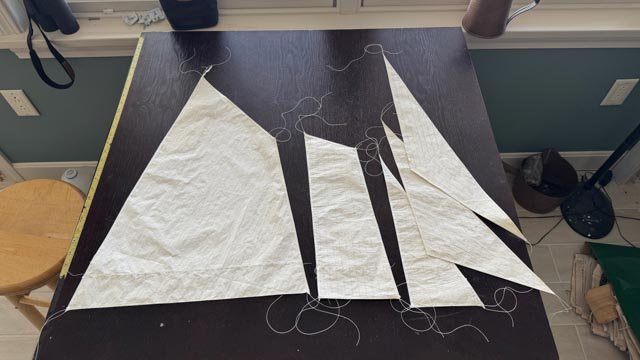
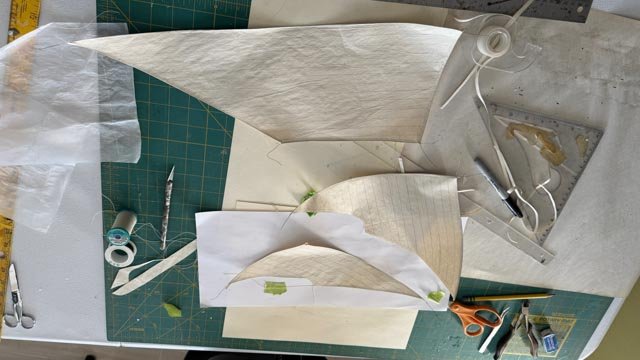
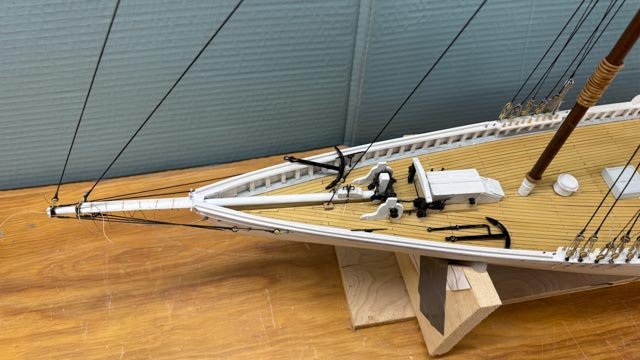

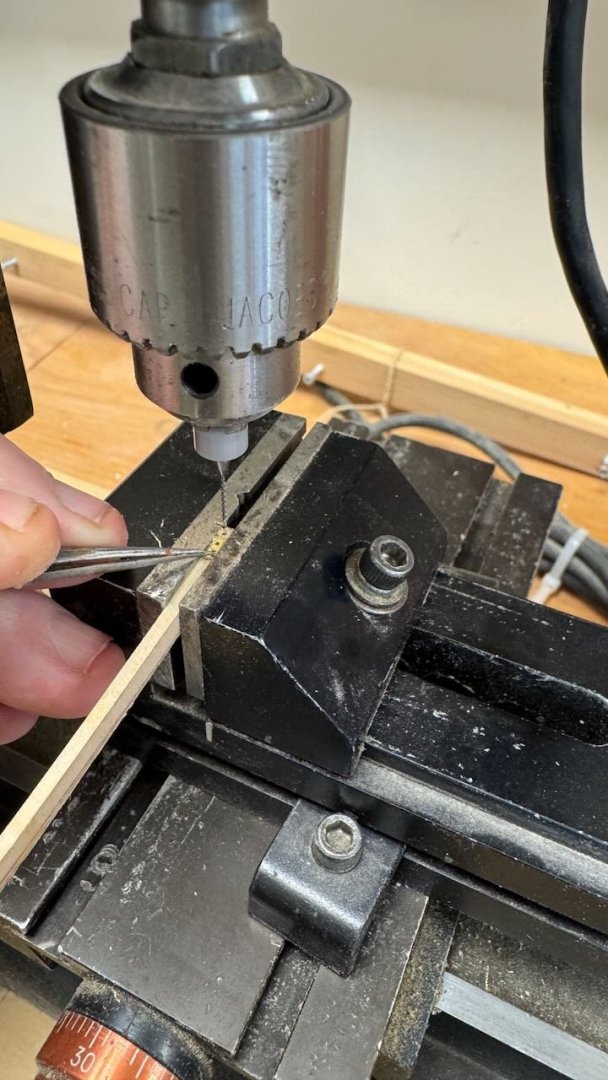
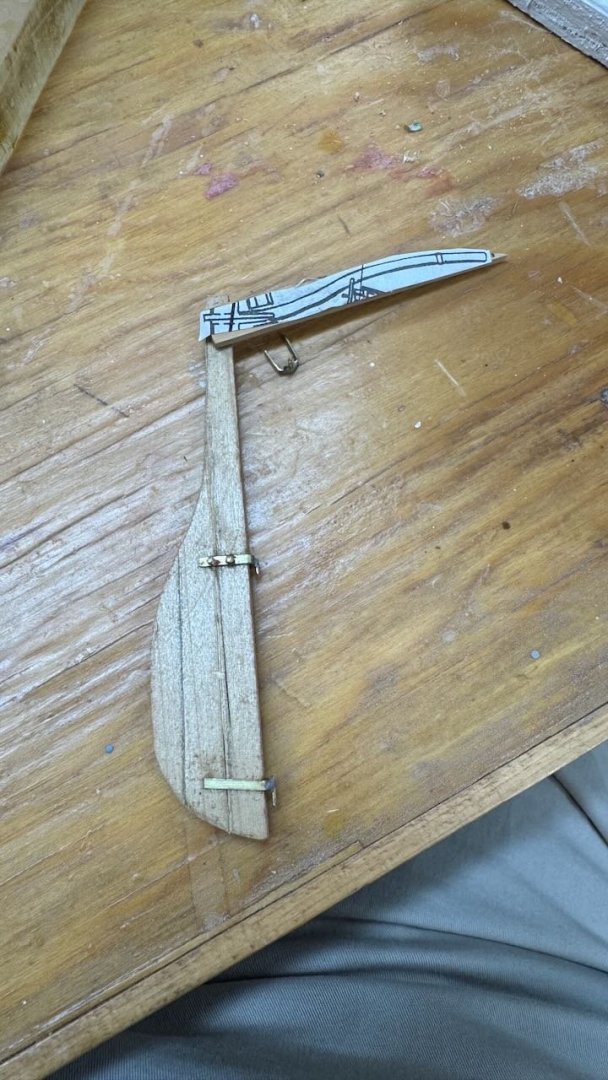
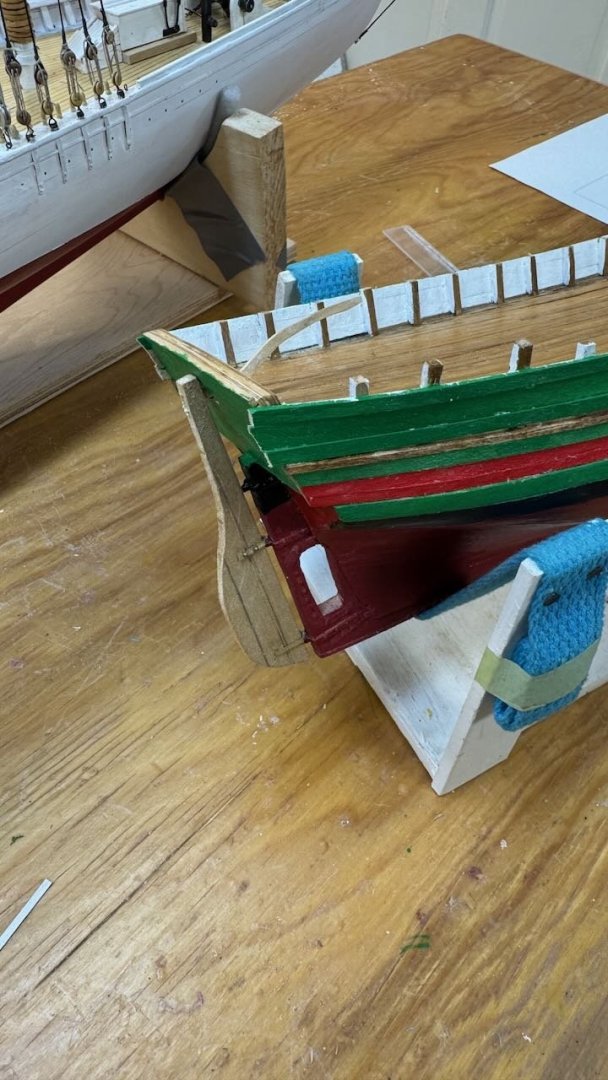
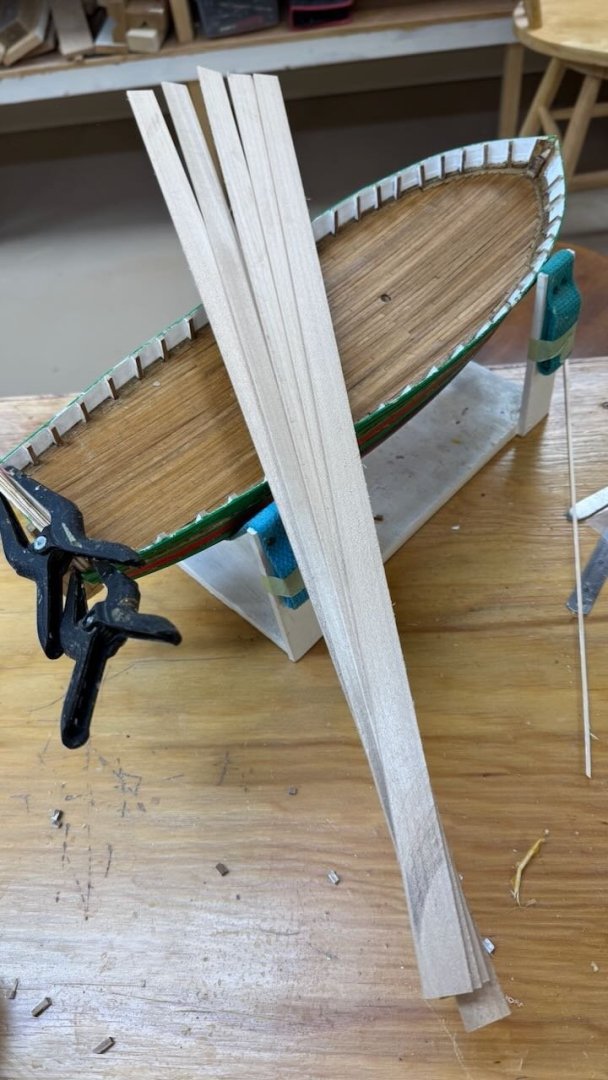
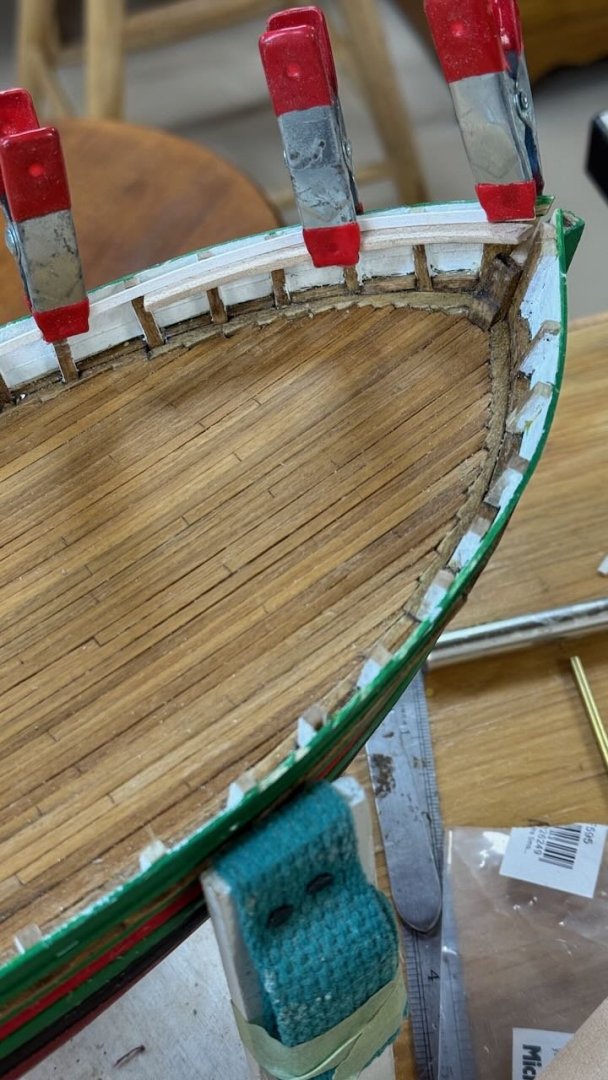
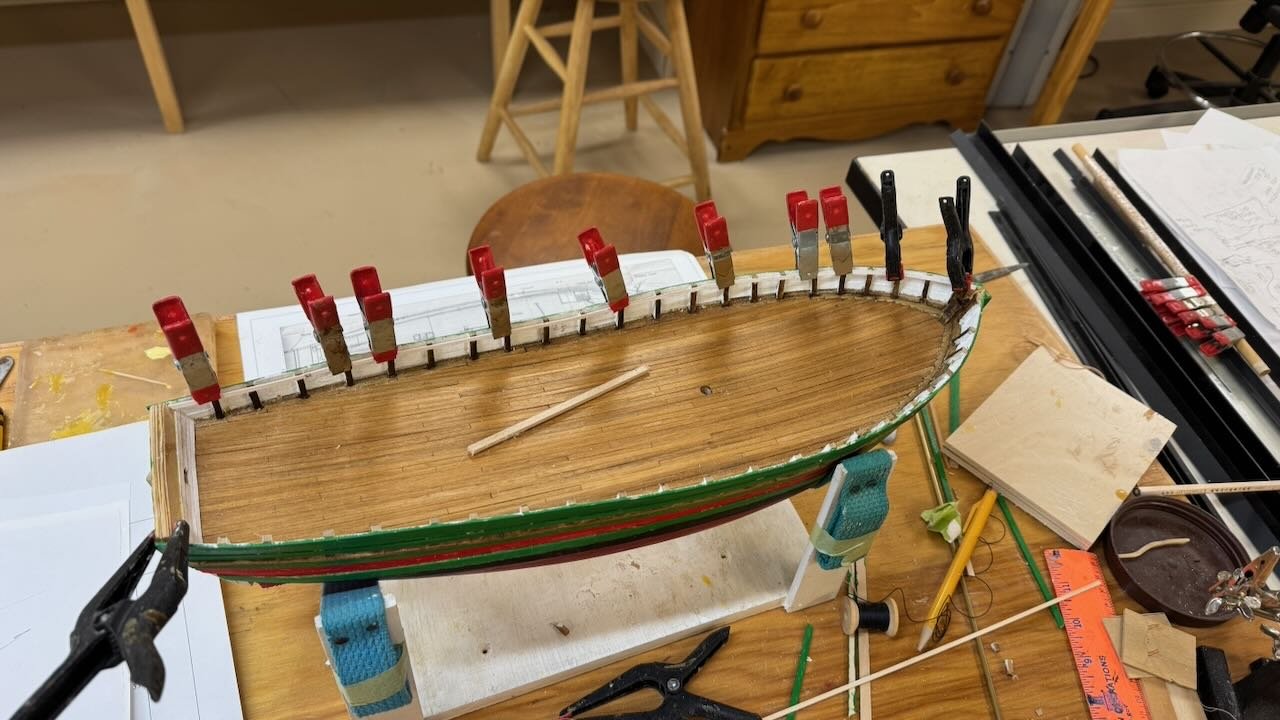
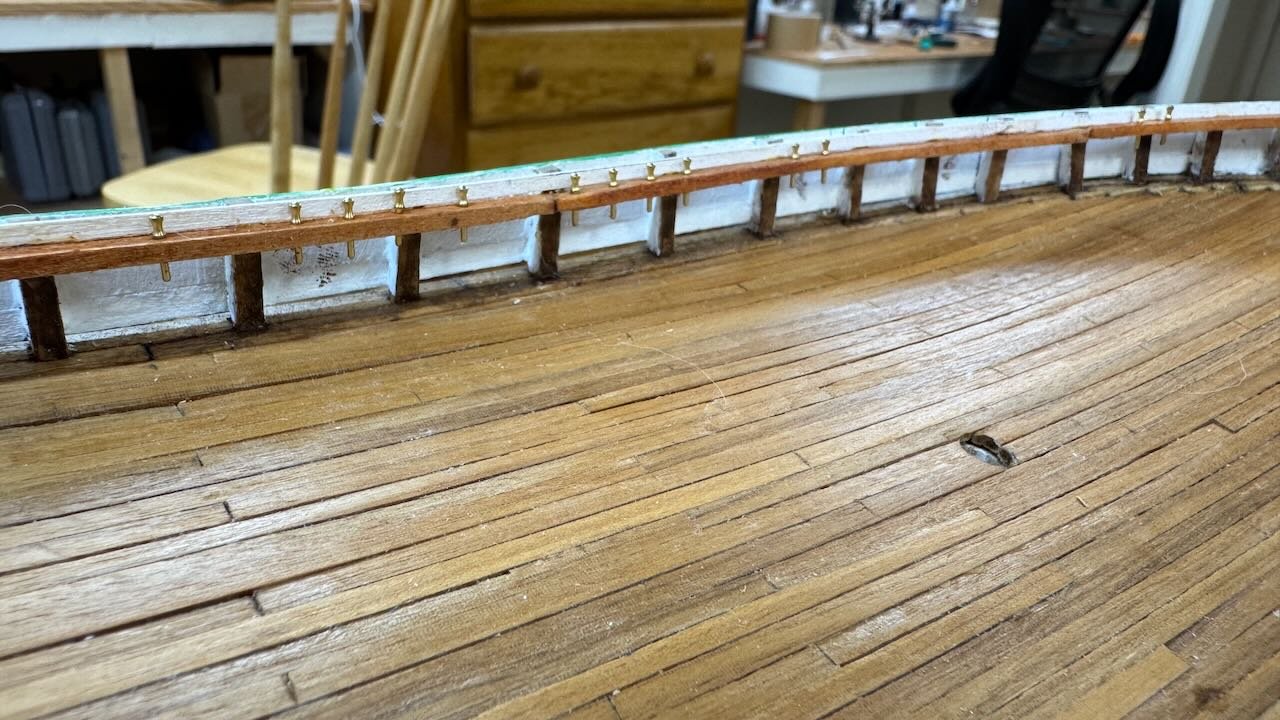
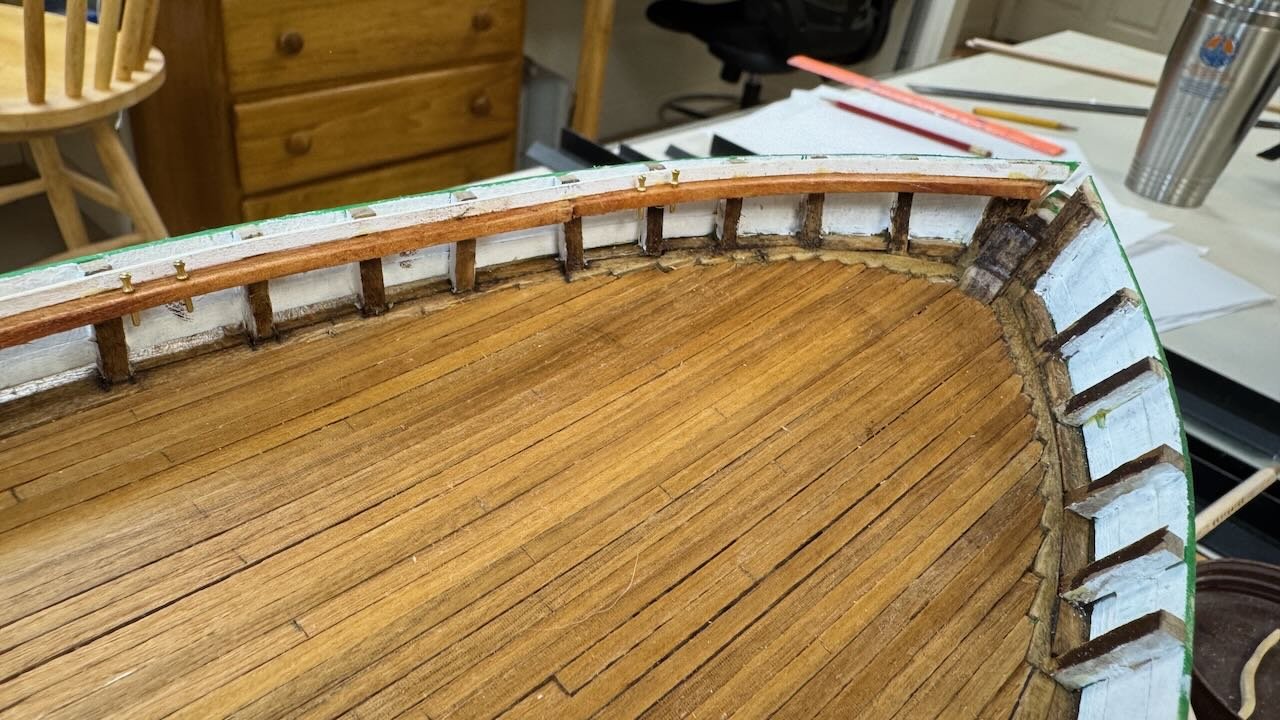
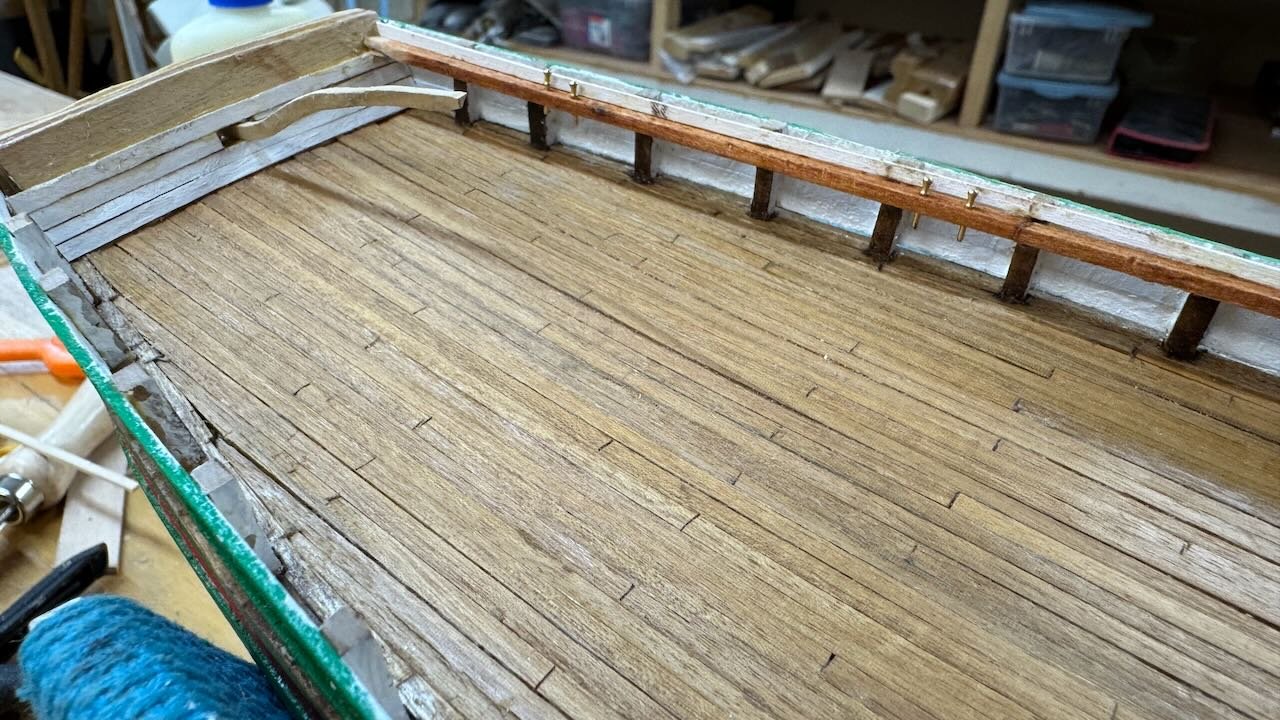
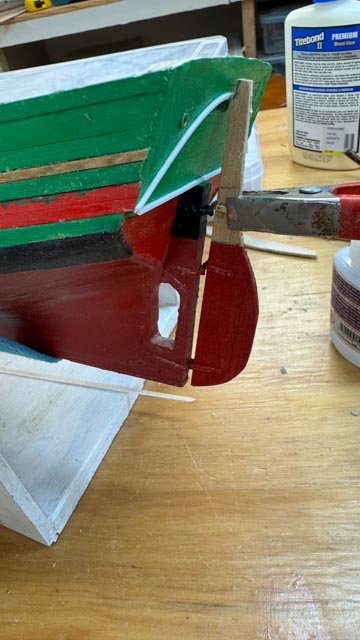
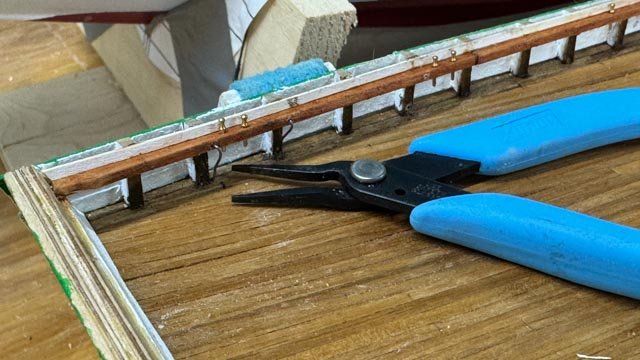

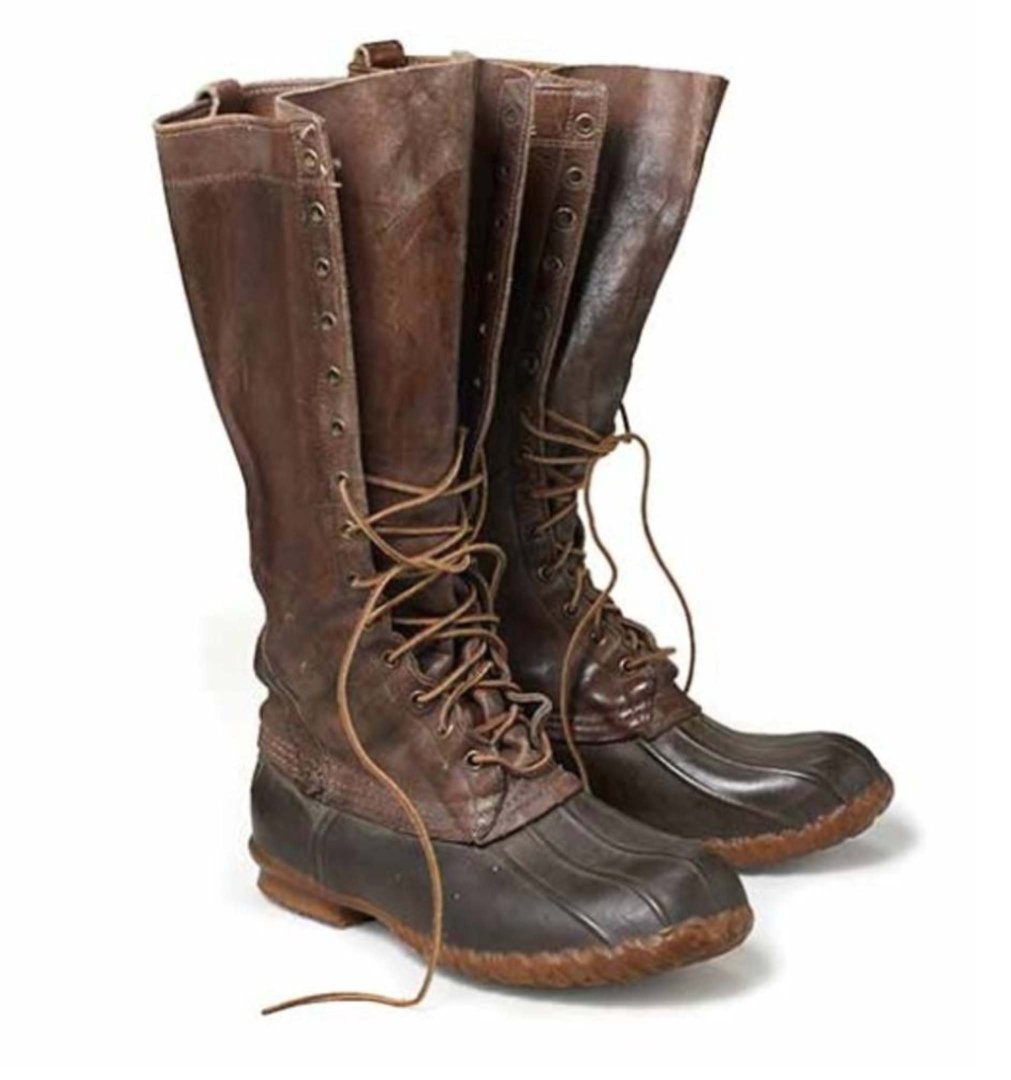
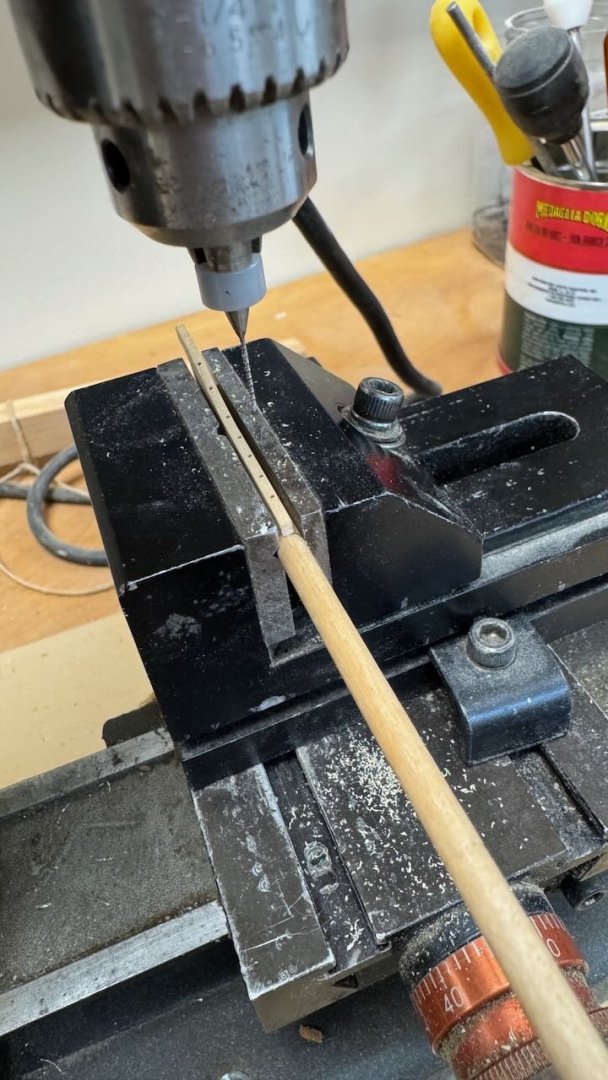
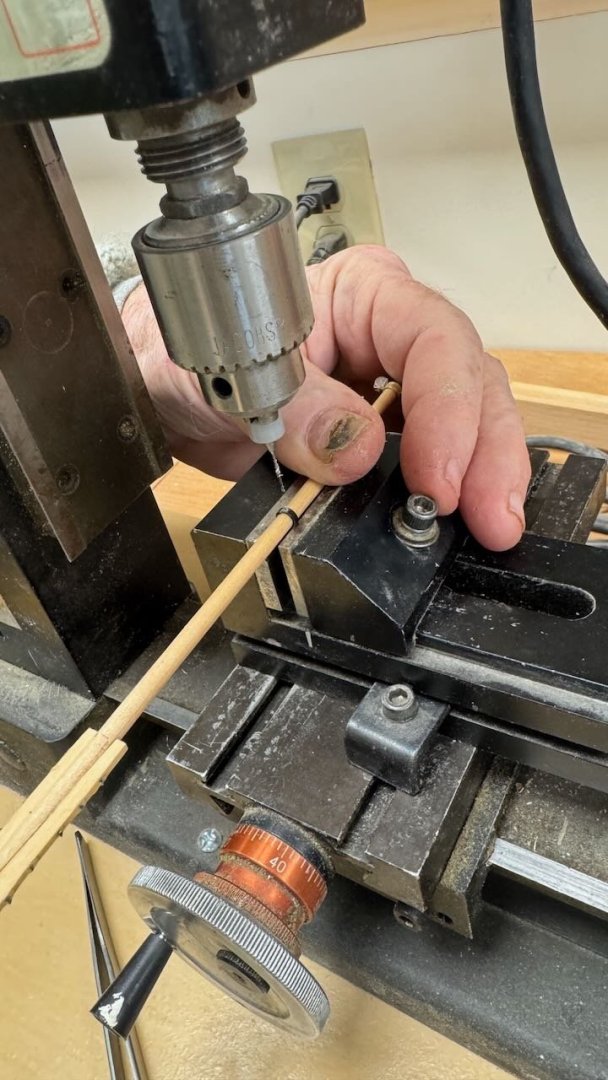
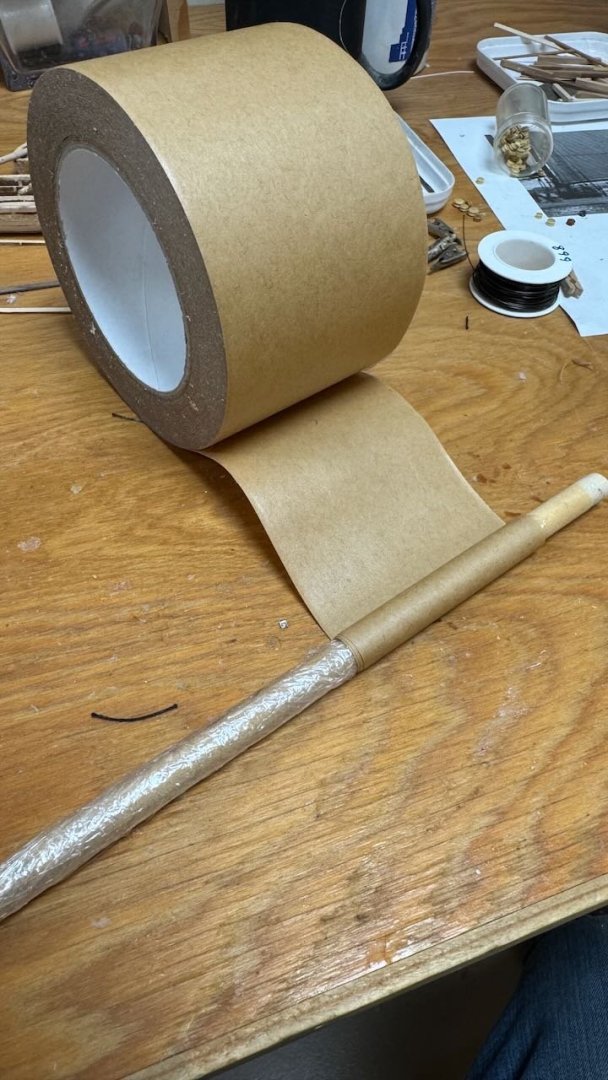
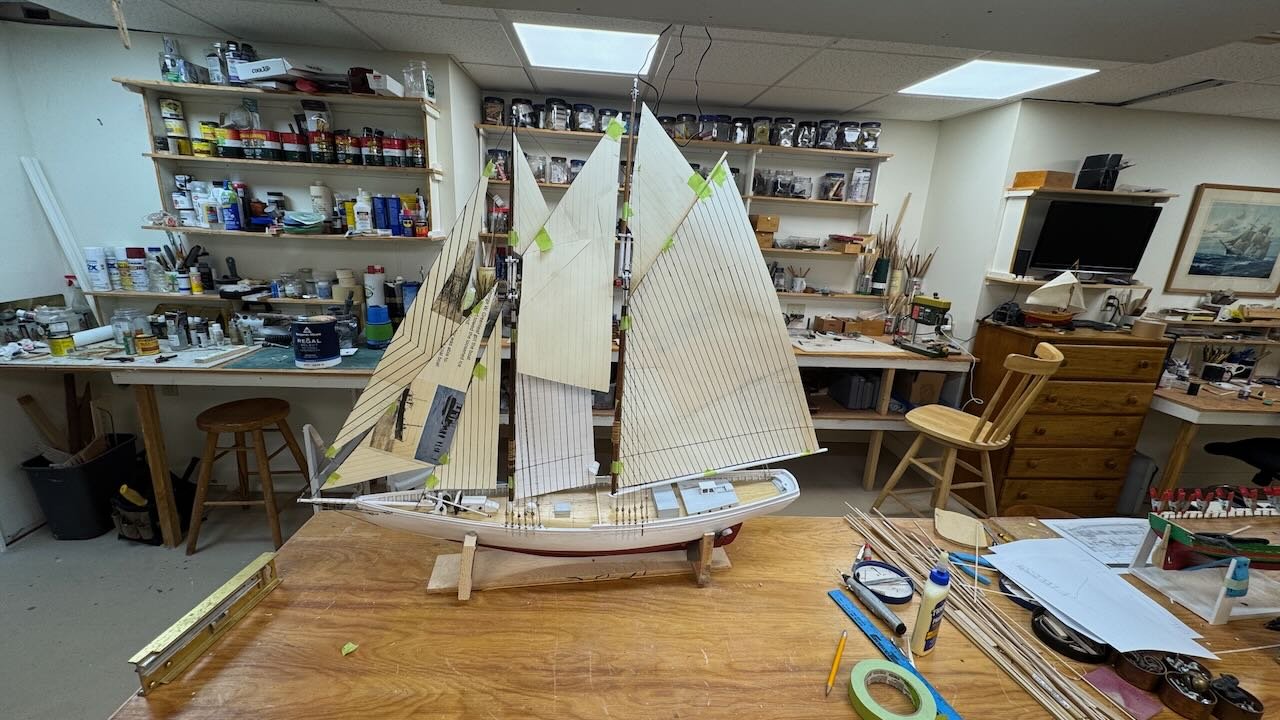
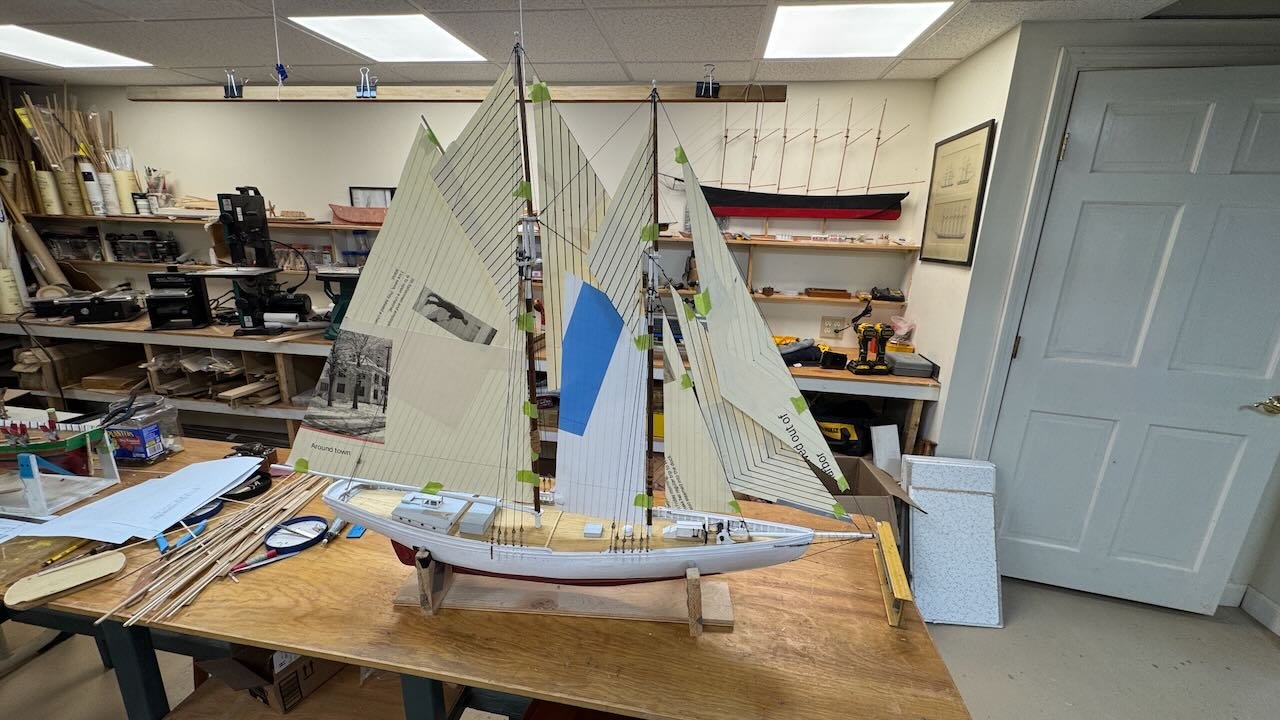
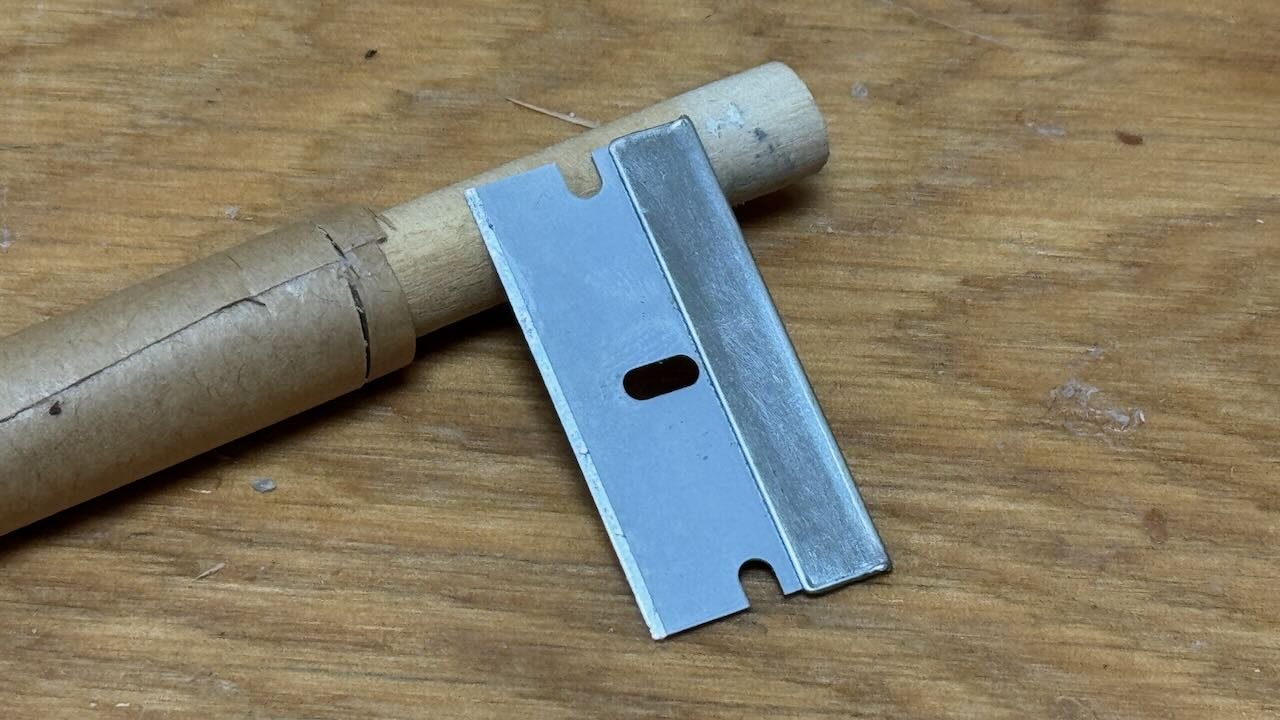
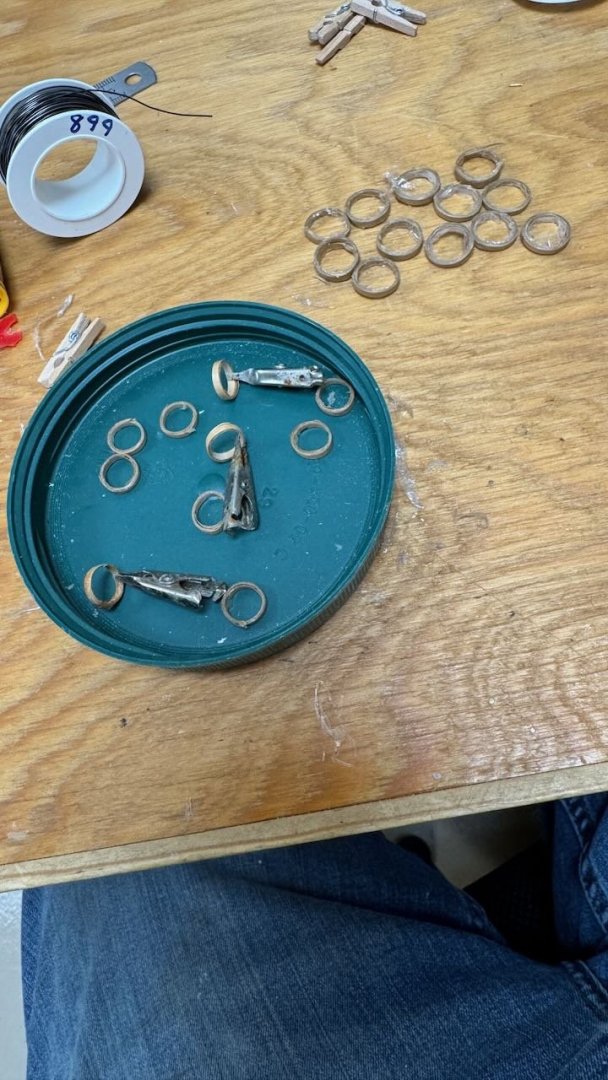
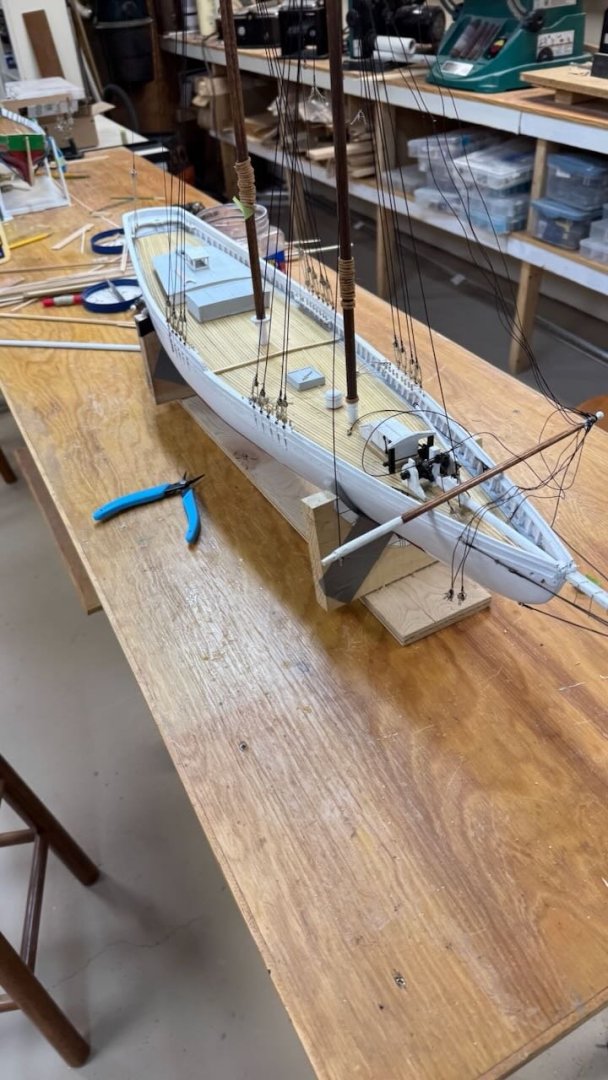
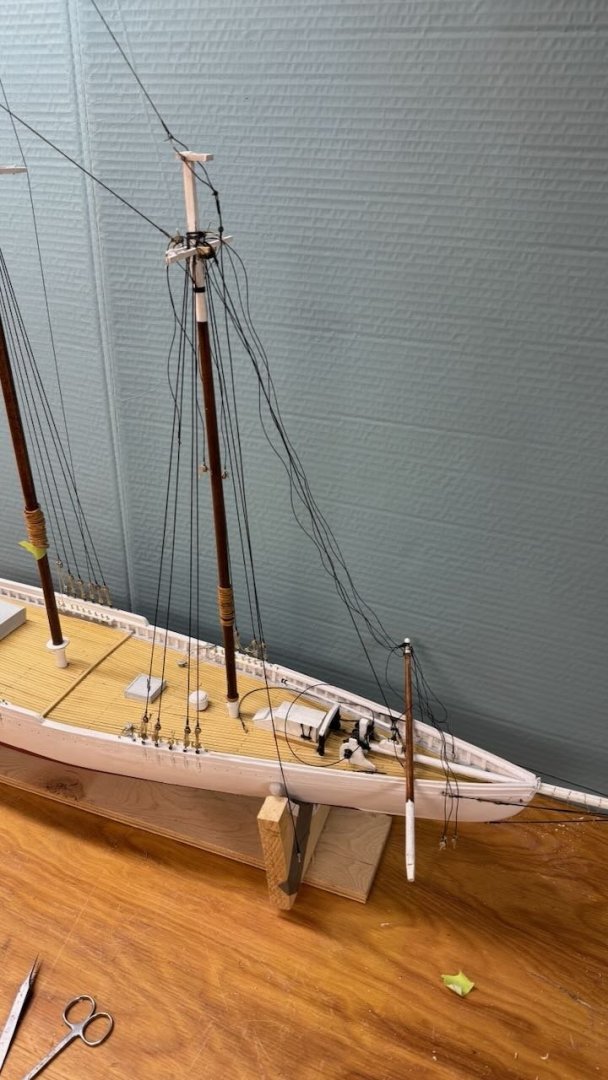
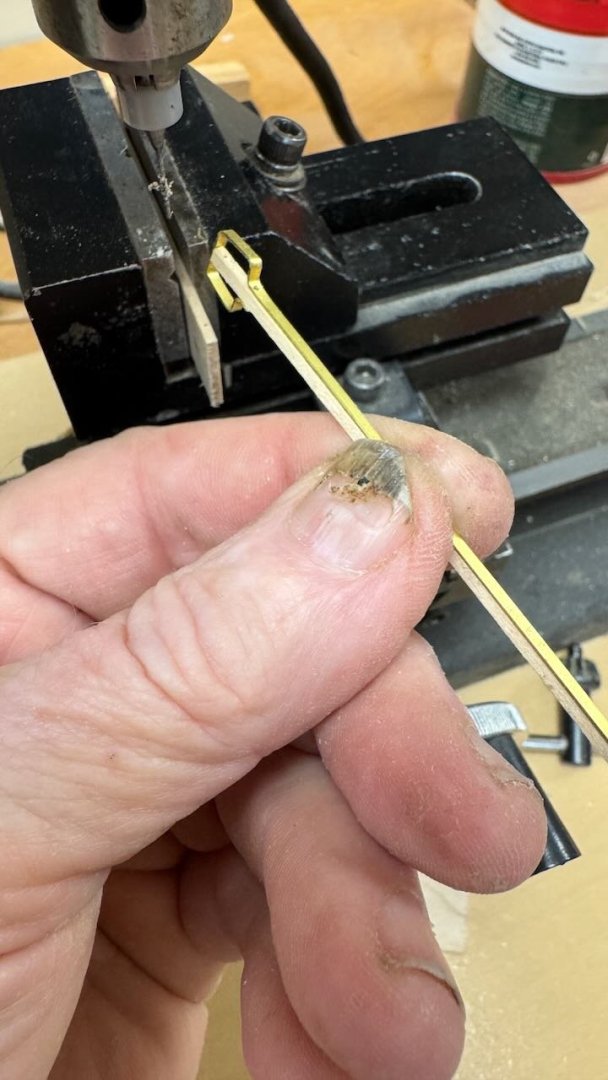
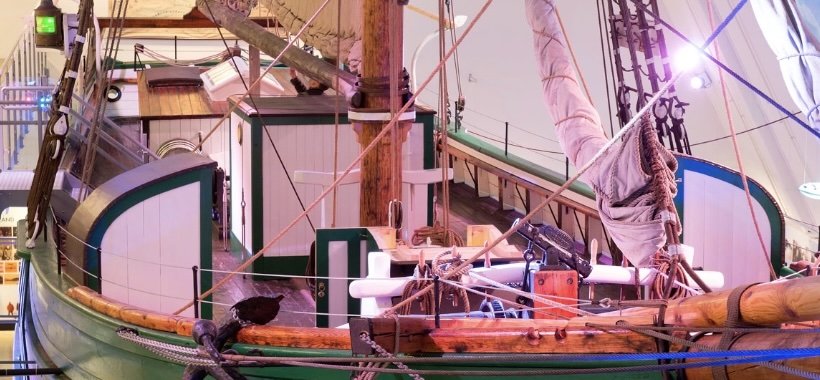
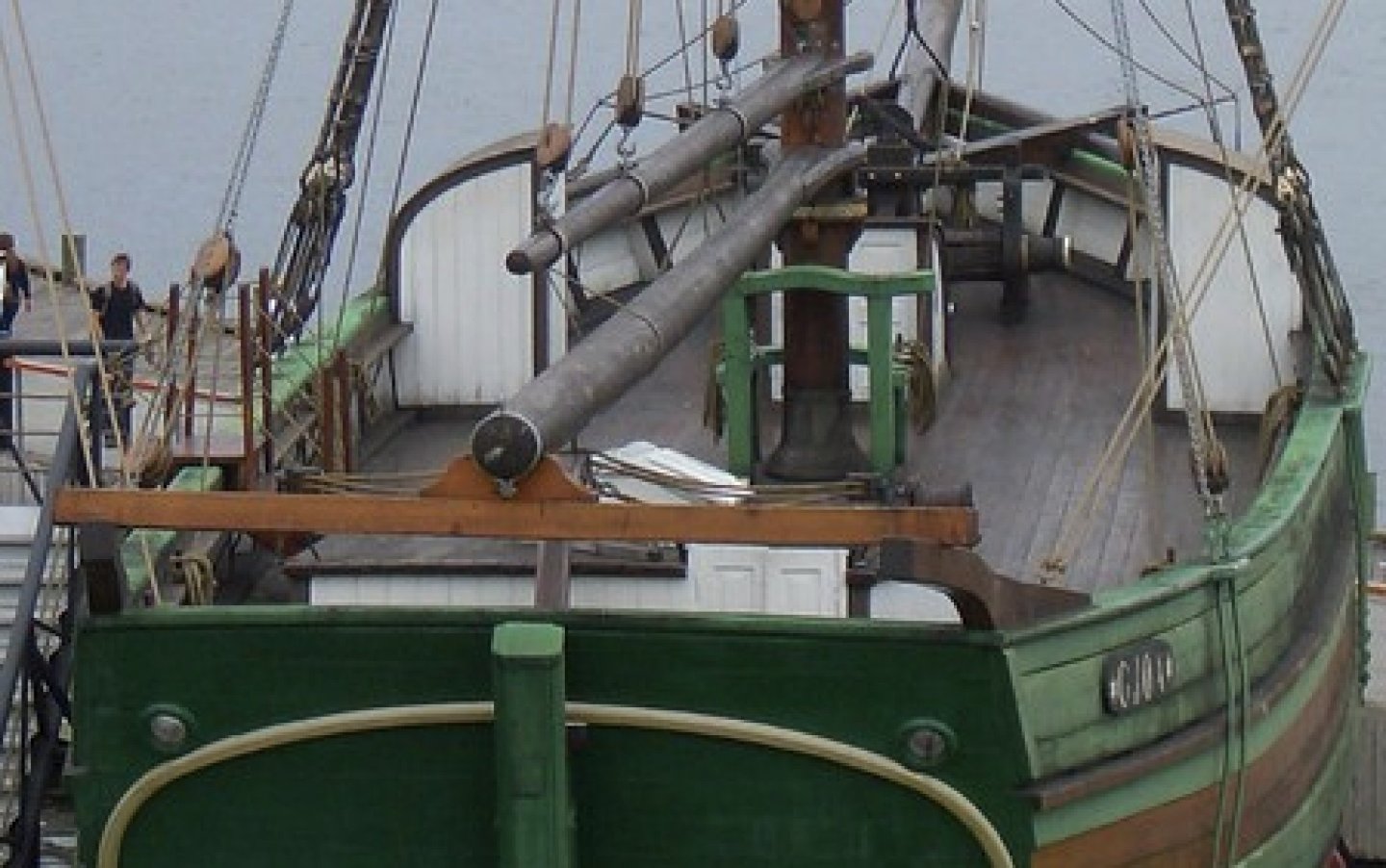
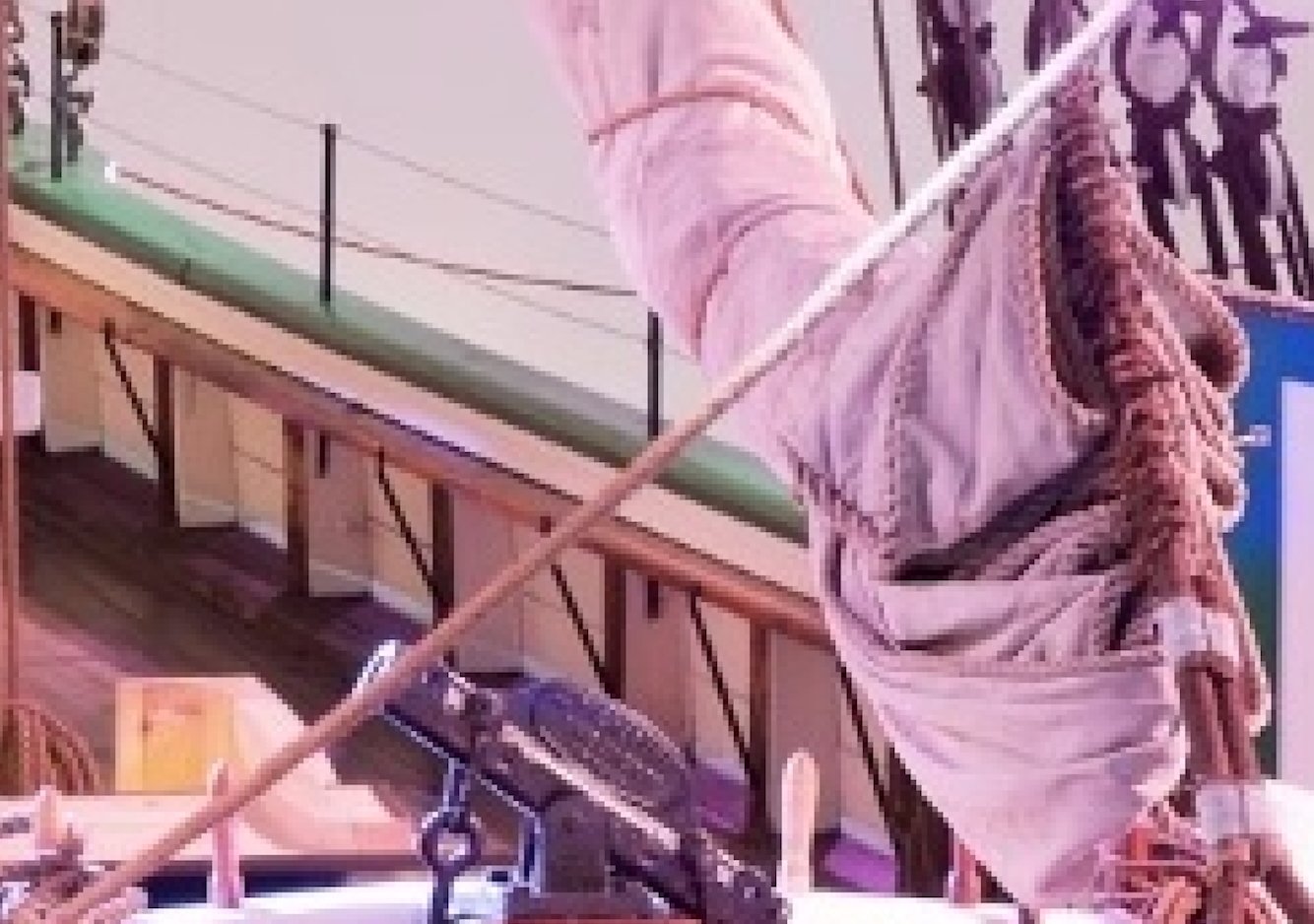
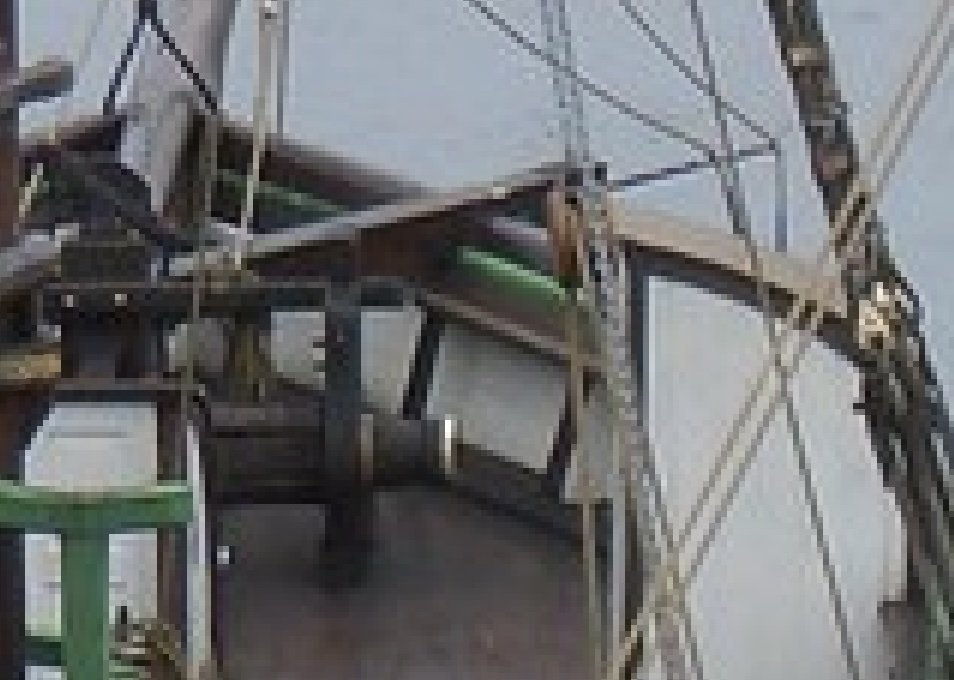
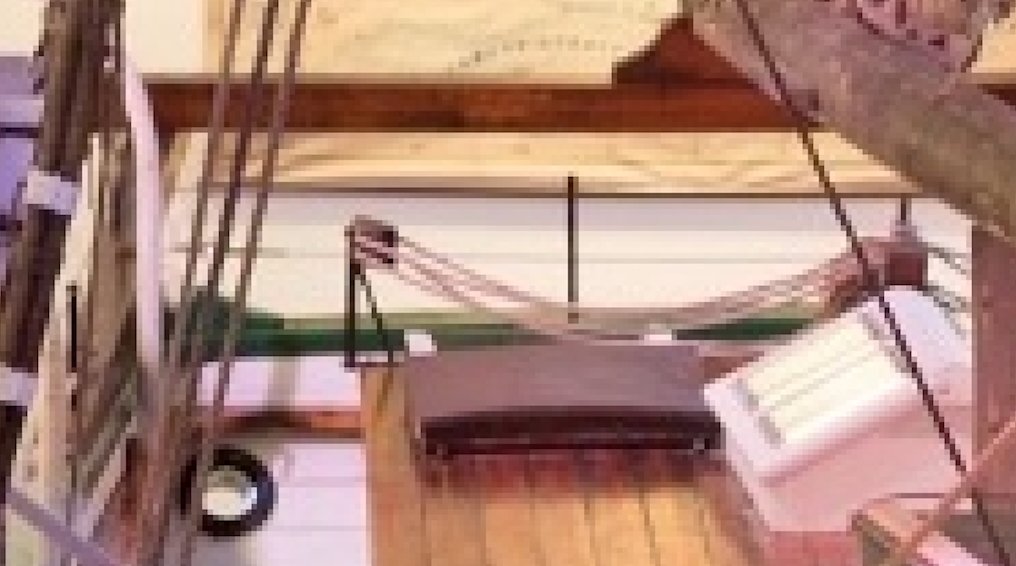
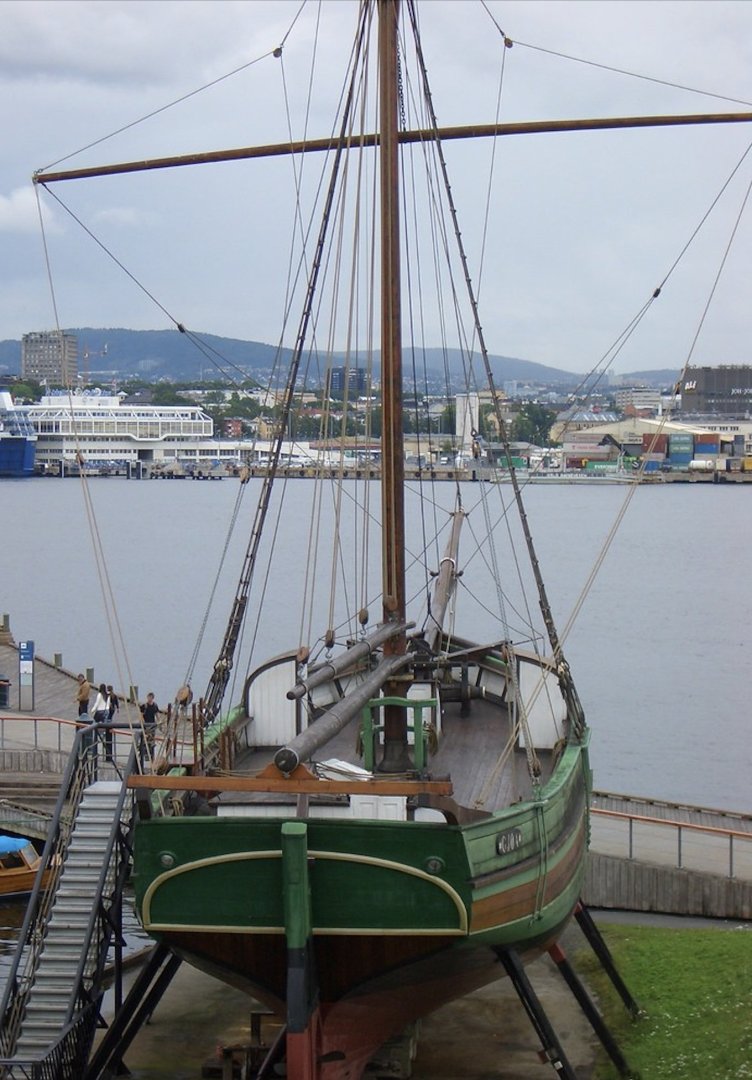
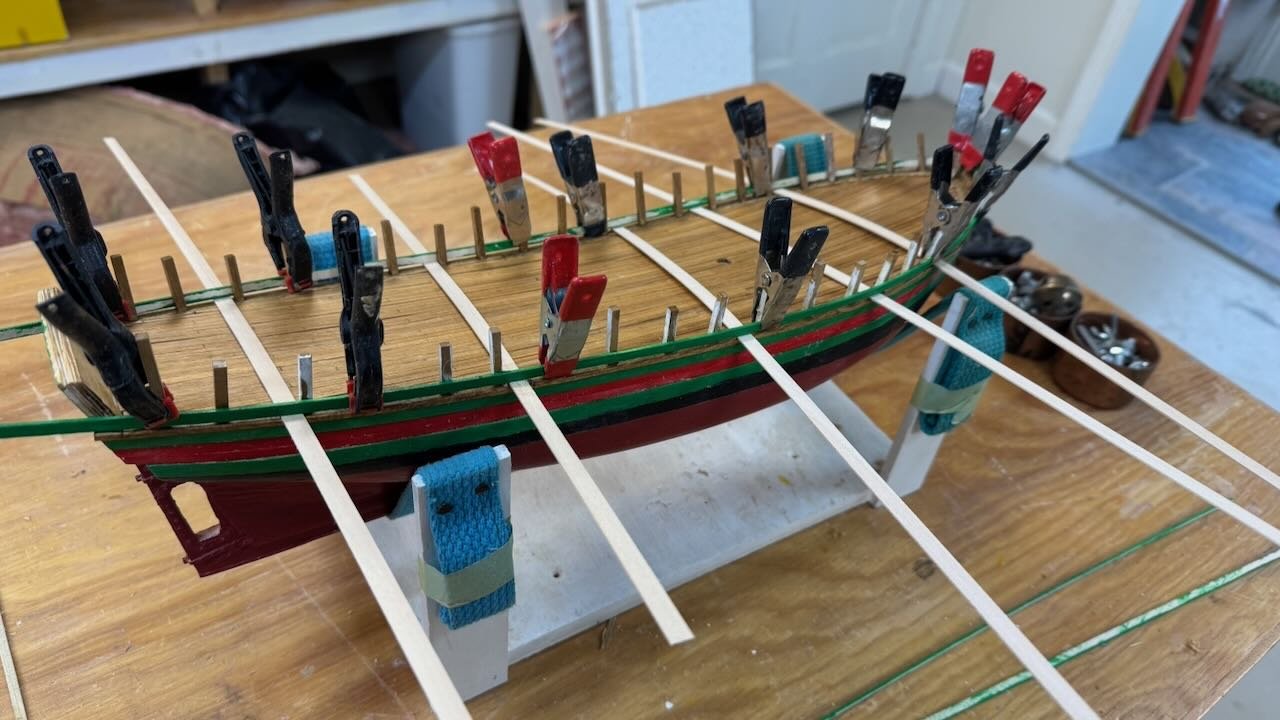
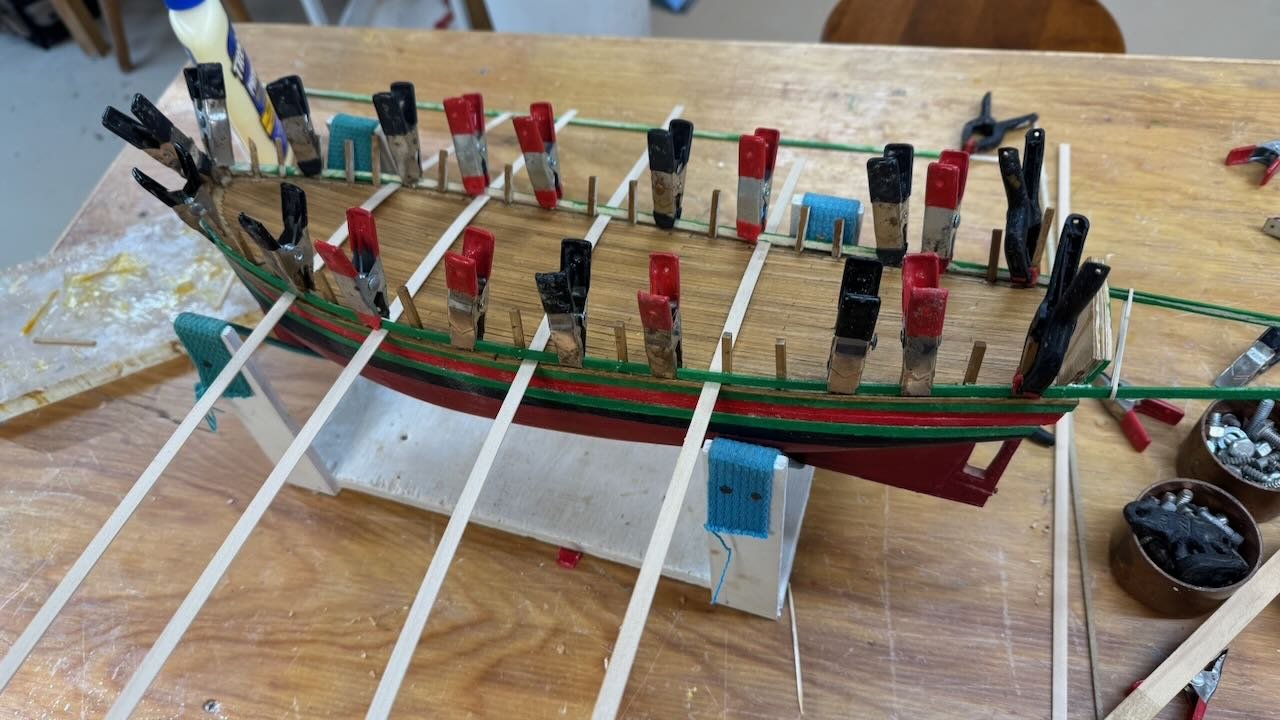
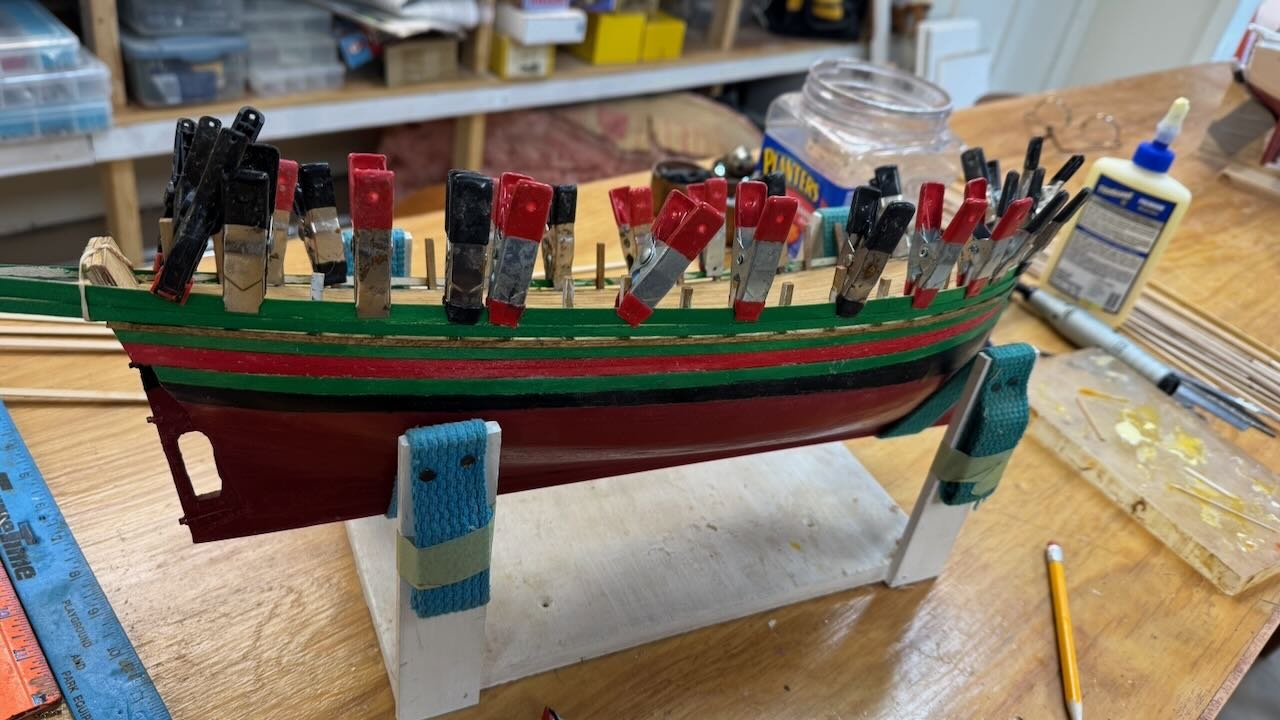
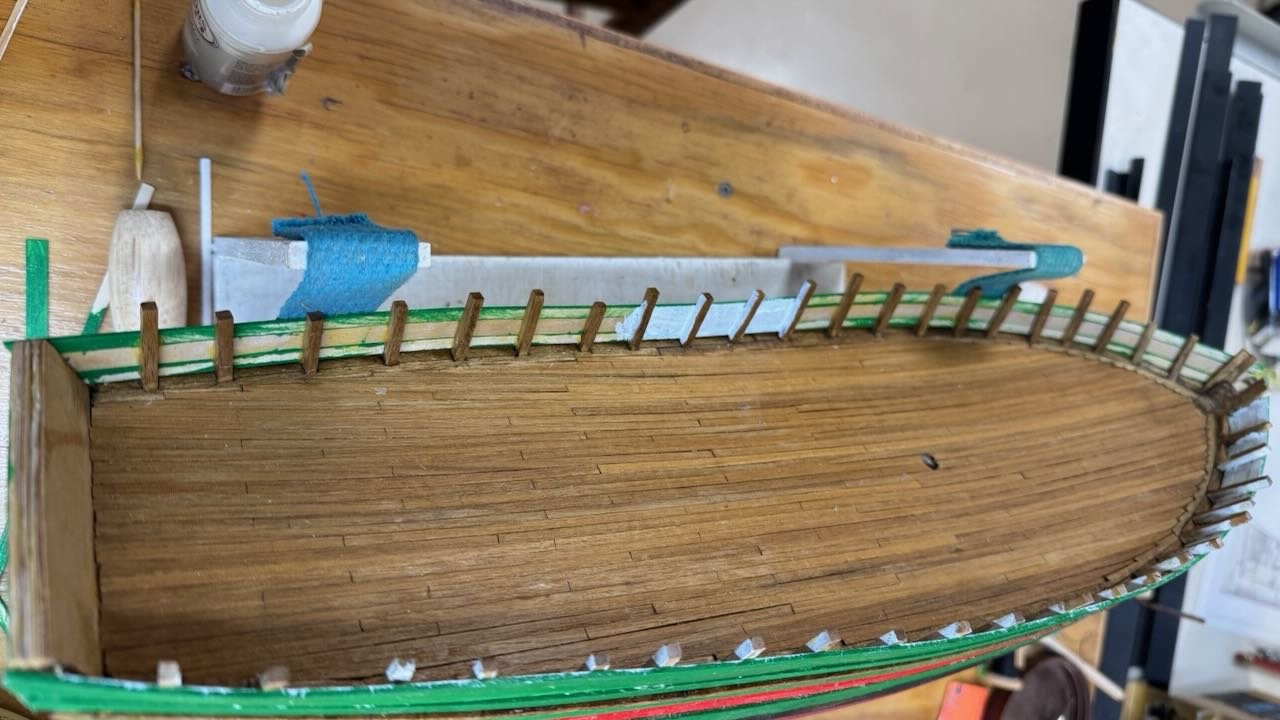
.thumb.jpeg.e22c9d3f9843a74dc6cabf838daeca3c.jpeg)
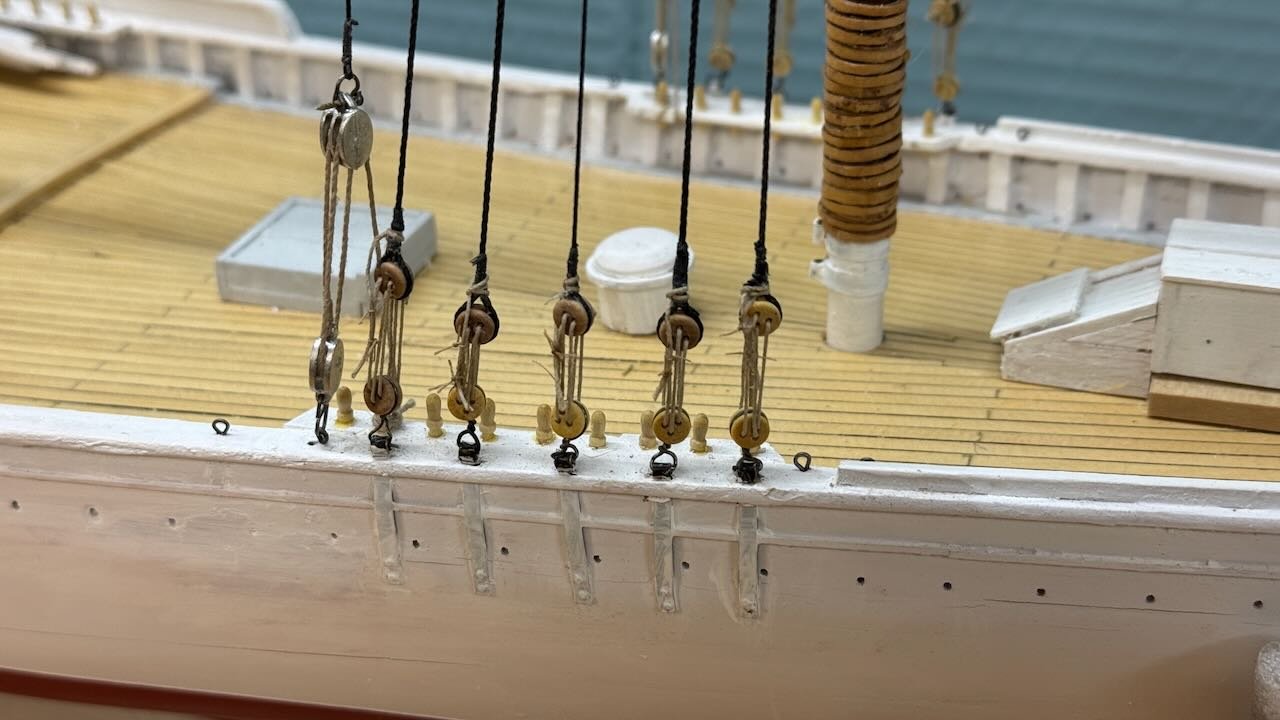
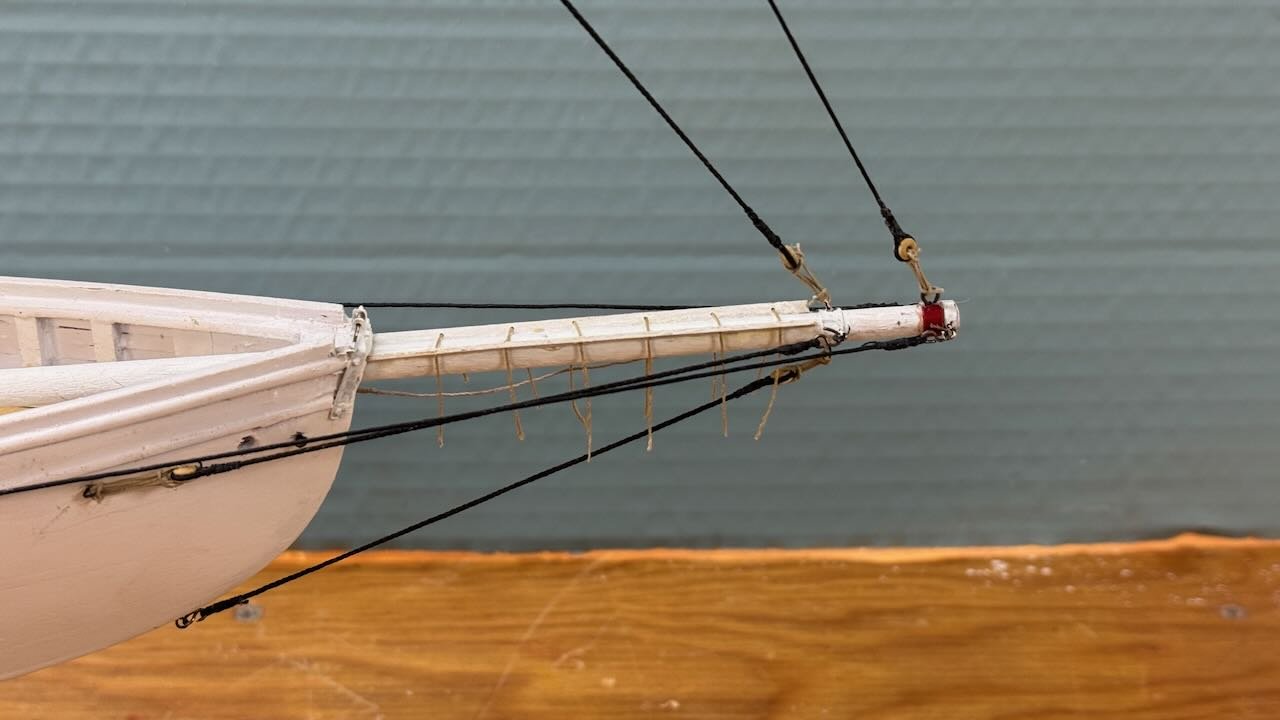
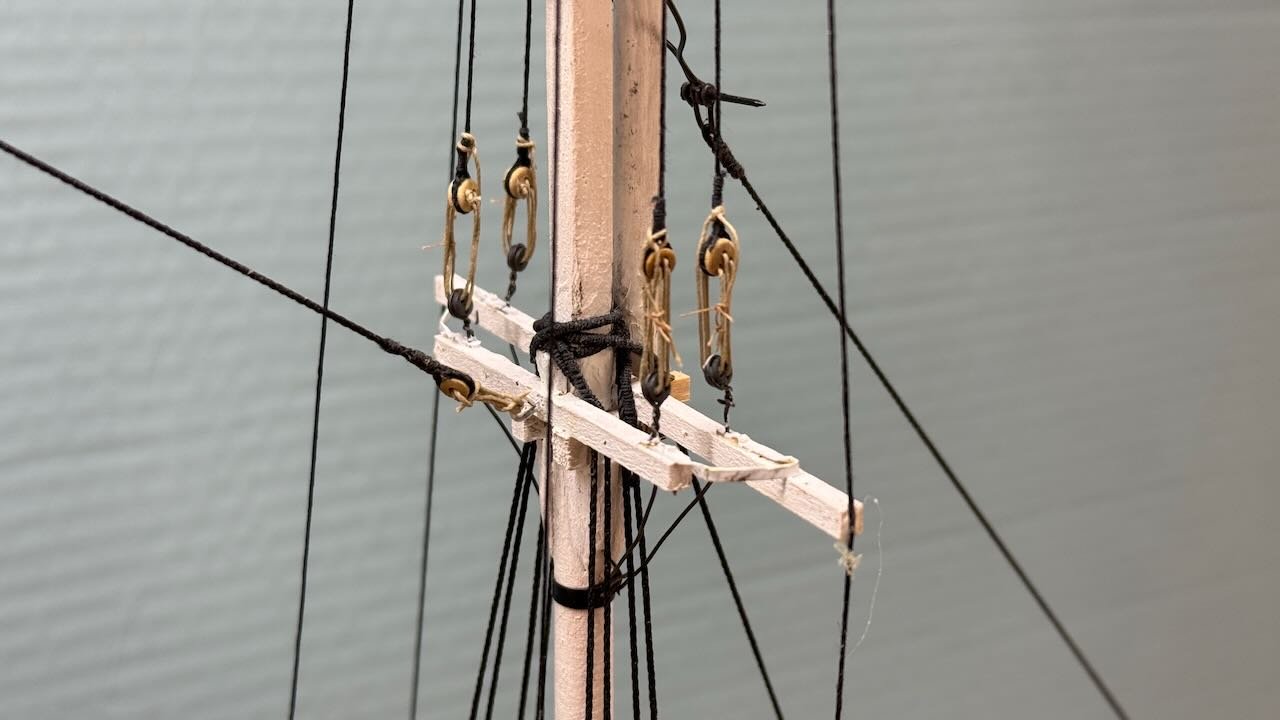
.thumb.jpeg.627735a403074c447f7782bd6f3df5ac.jpeg)
.thumb.jpeg.781f0bace0370ee7a4713e30e36c1844.jpeg)
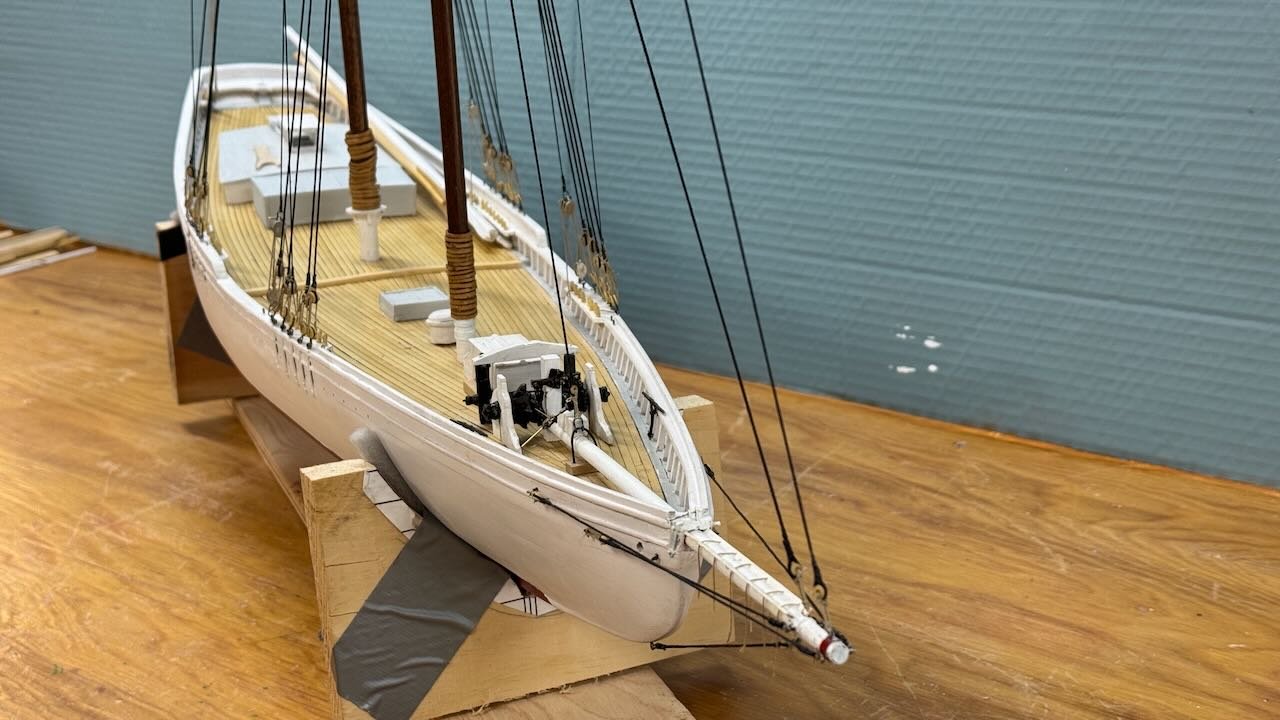
.jpeg.b974ff82d0881a9bb55232195688170b.jpeg)
